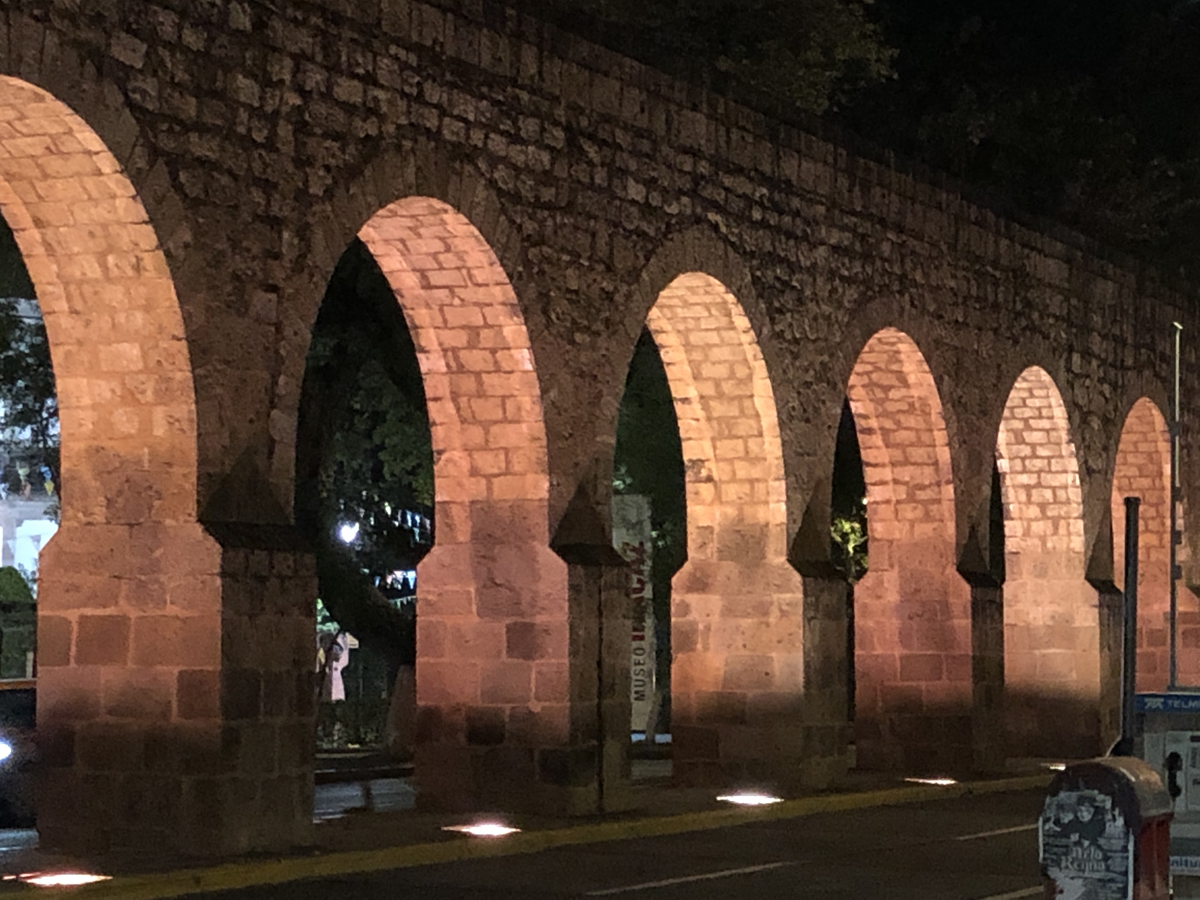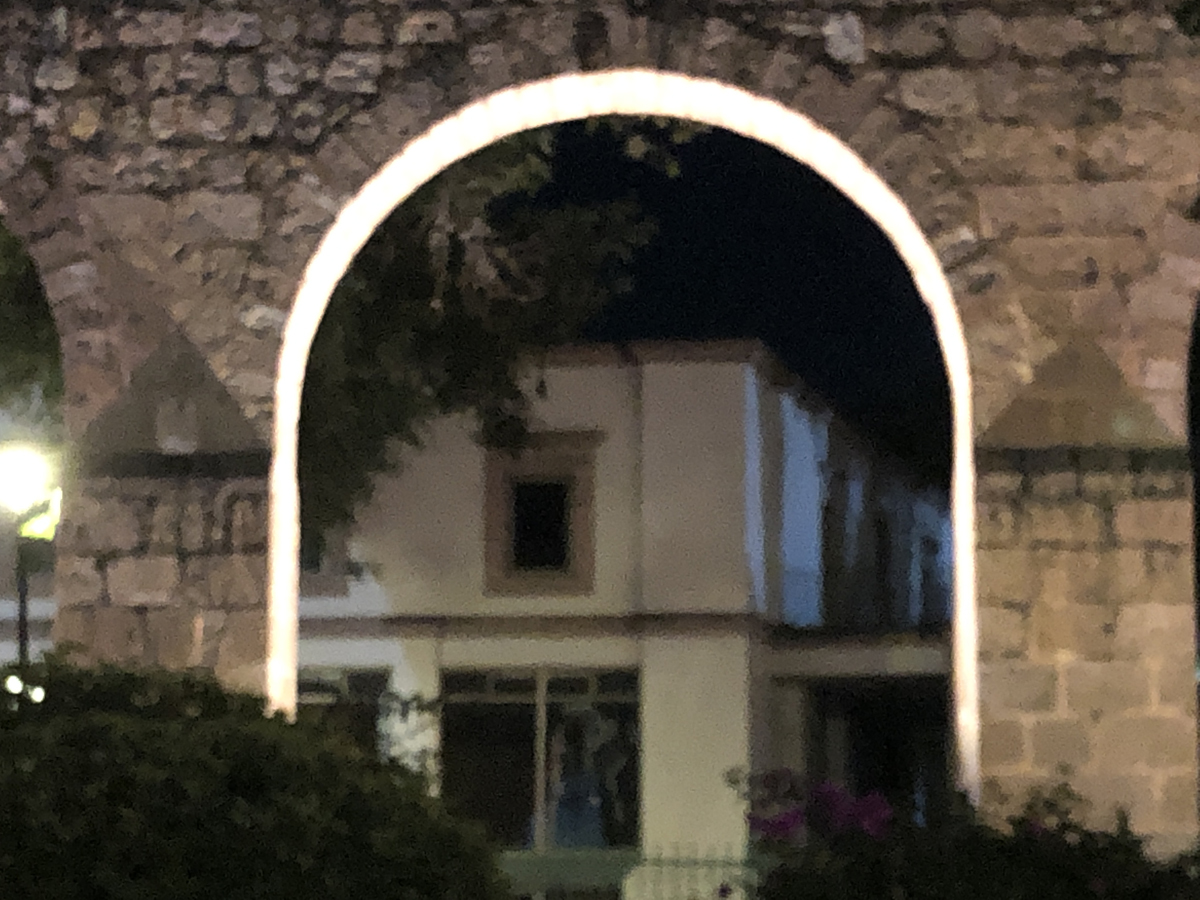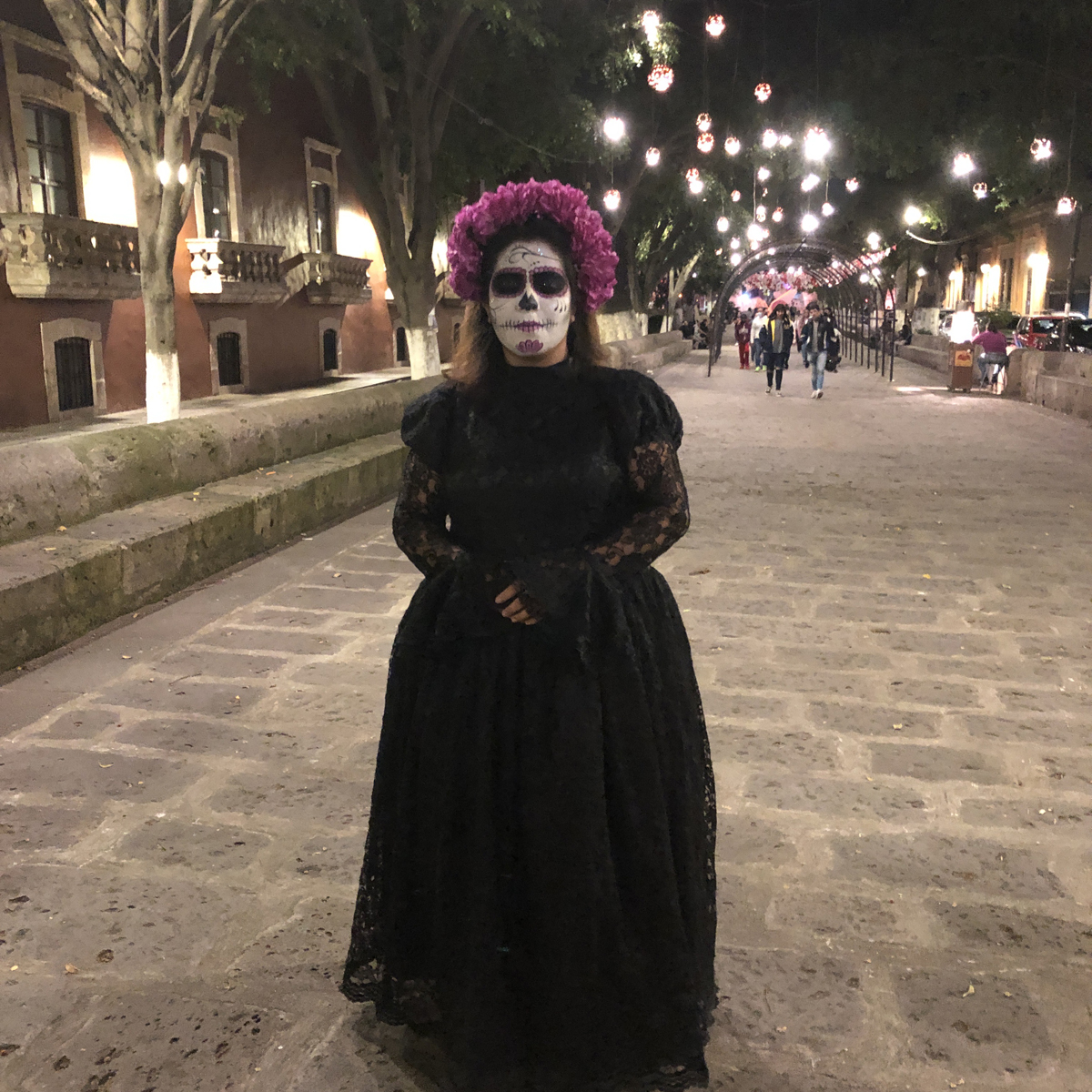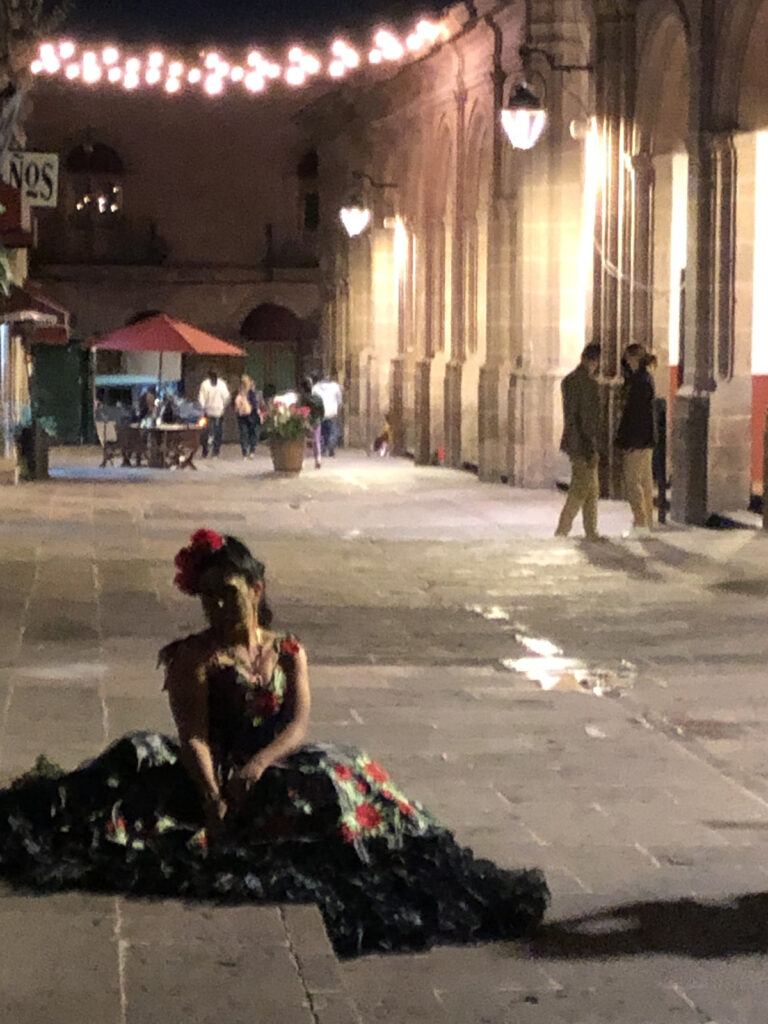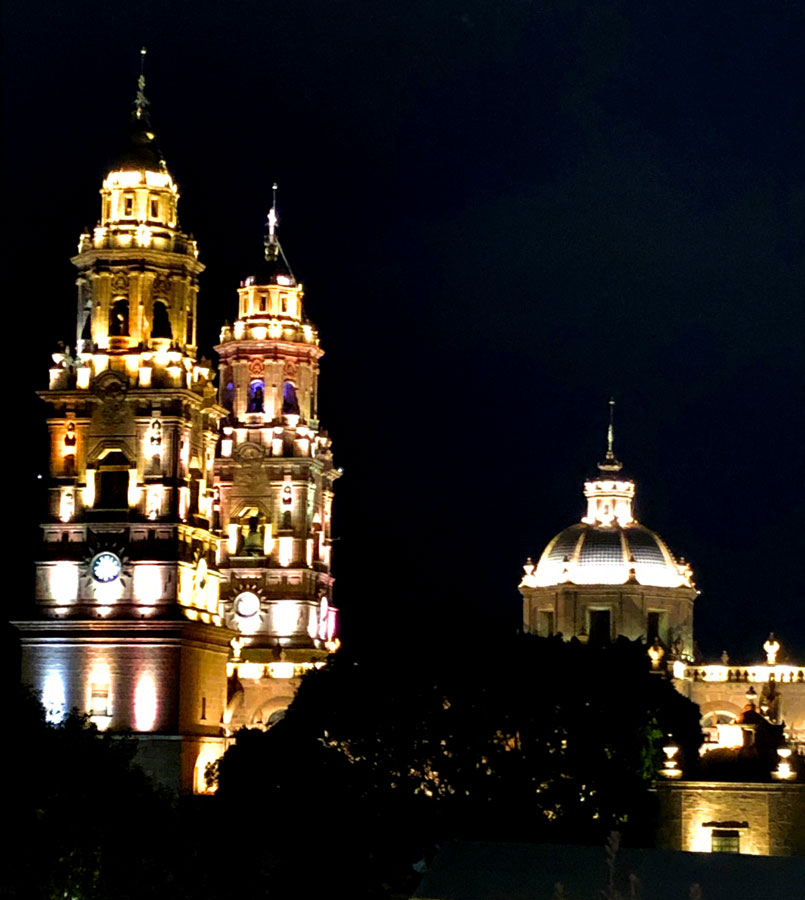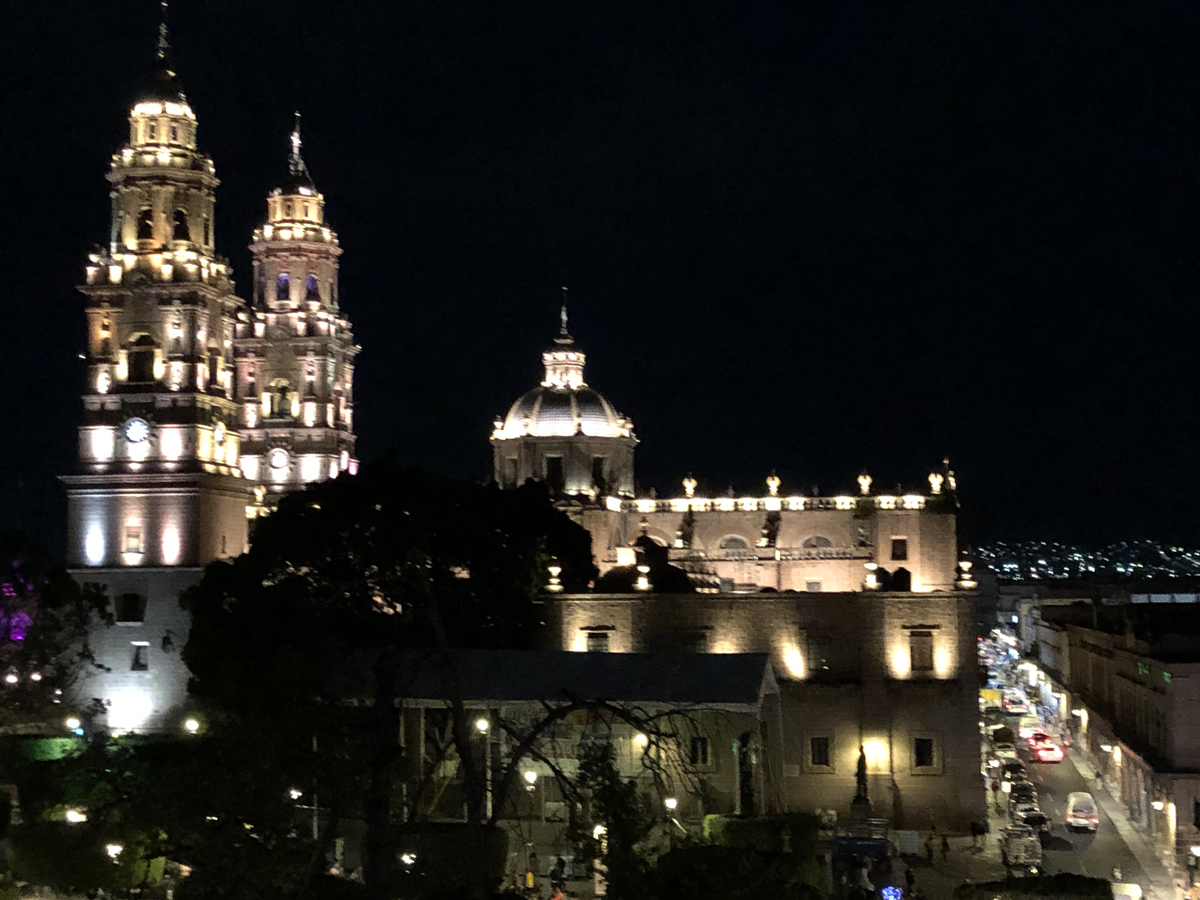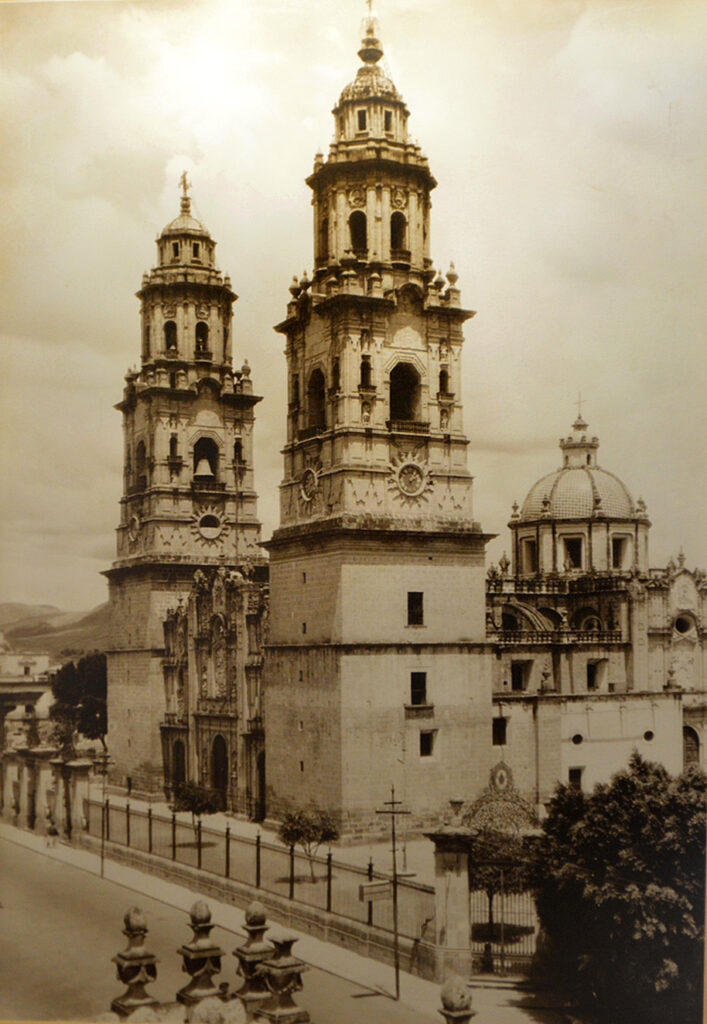
The city was founded in 1541 and was originally called Valladolid. Most of the original city layout has survived intact to the present day.
Anticipating growth, this original layout had very wide streets and plazas. The streets are systematically laid out, but not rigidly squared, with most having gentle curves designed into them.
Most of the grandest structures were completed during the 18th century,
The Mexican federal government lists 1,113 buildings built from the 16th to the 20th centuries as having historical value. The buildings encompass the various architectural styles that have been fashionable in Mexico, but nearly all are built of pink Cantera stone, which gives the city a unified appearance.
In 1991, the city was declared a UNESCO World Heritage Site due to its well-preserved architecture. In 2006 and 2007, many of the plazas and gardens in the historic center were remodeled.
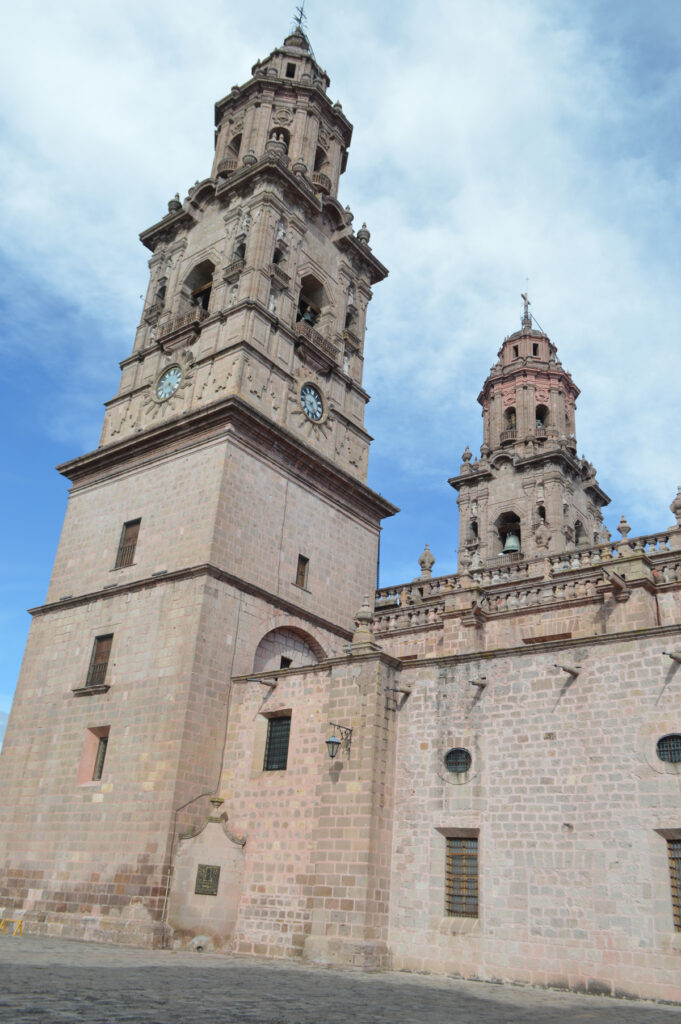
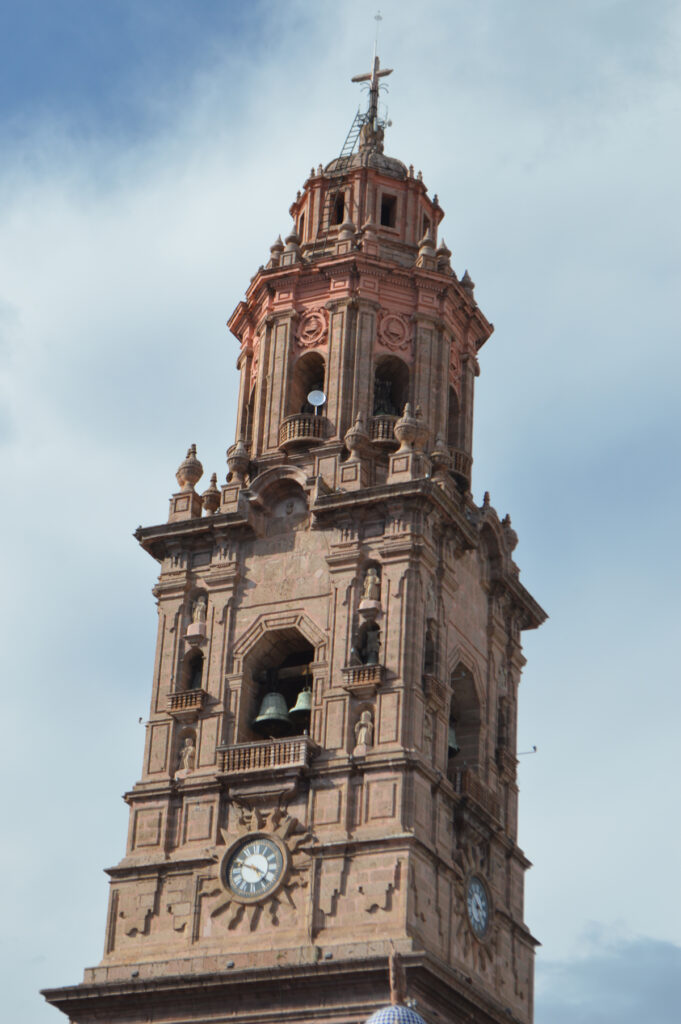
Originally, the Cathedral of Michoacán was in Pátzcuaro in a church that now is the Basilica of Nuestra Señora de la Salud.
When cathedral status was moved from there to Valladolid in 1580, the city became the civil, religious, and cultural capital of the territory and was renamed Morelia.
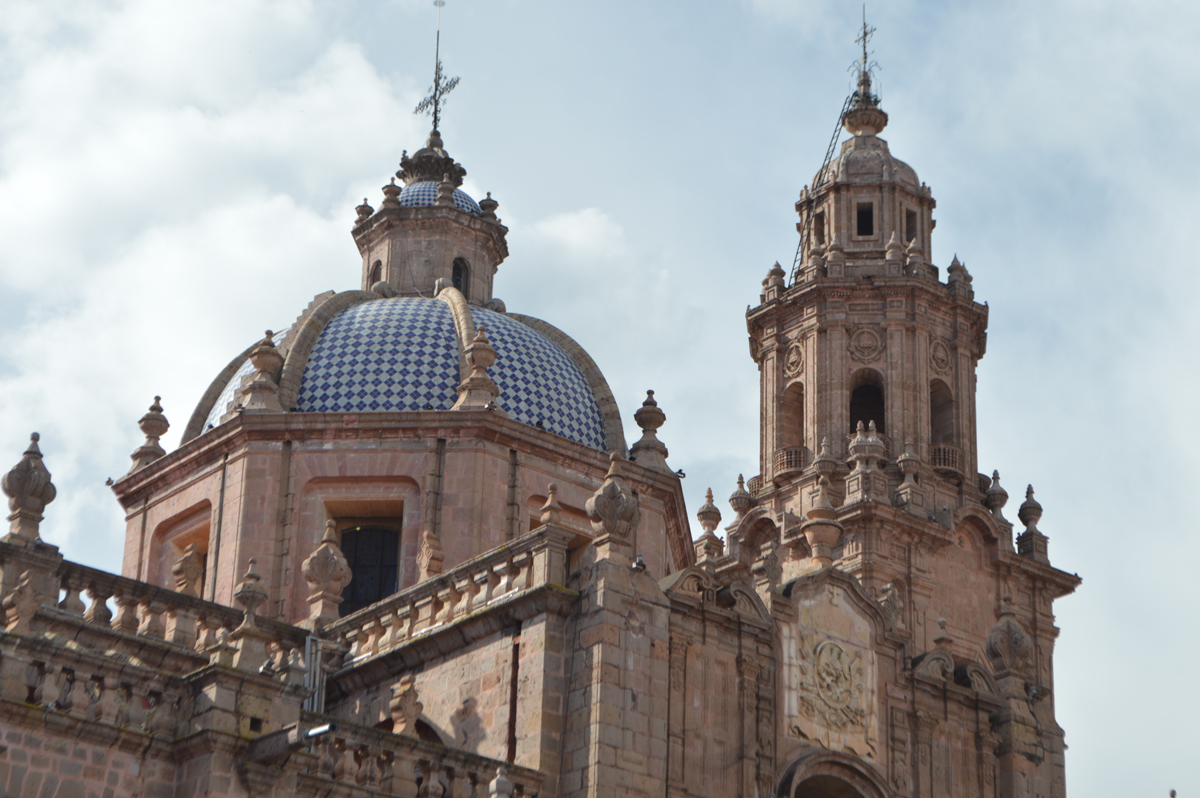
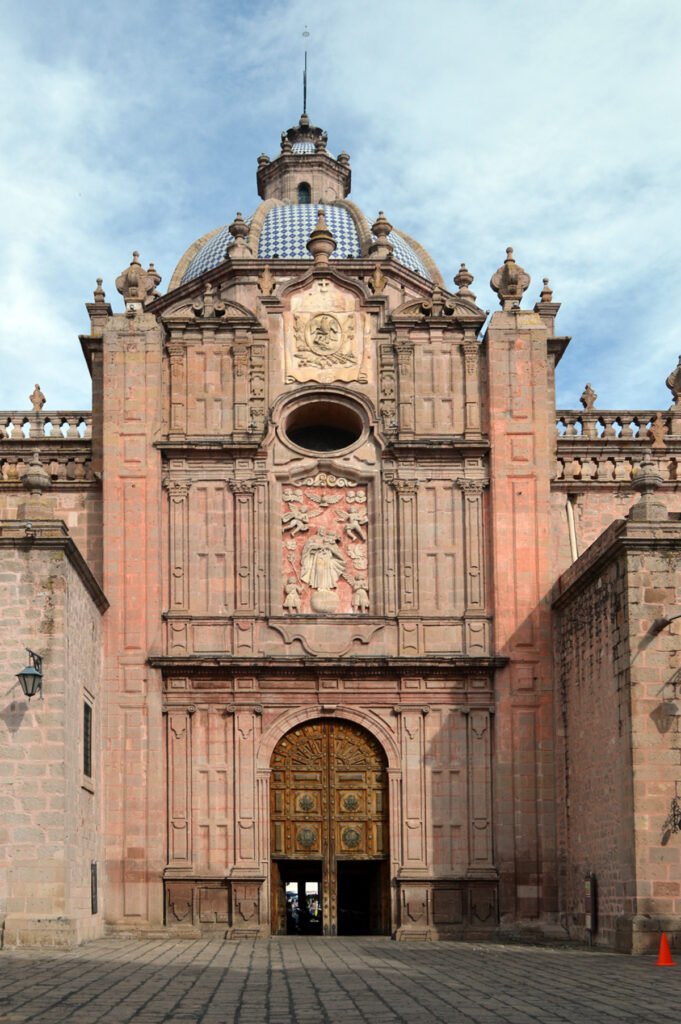
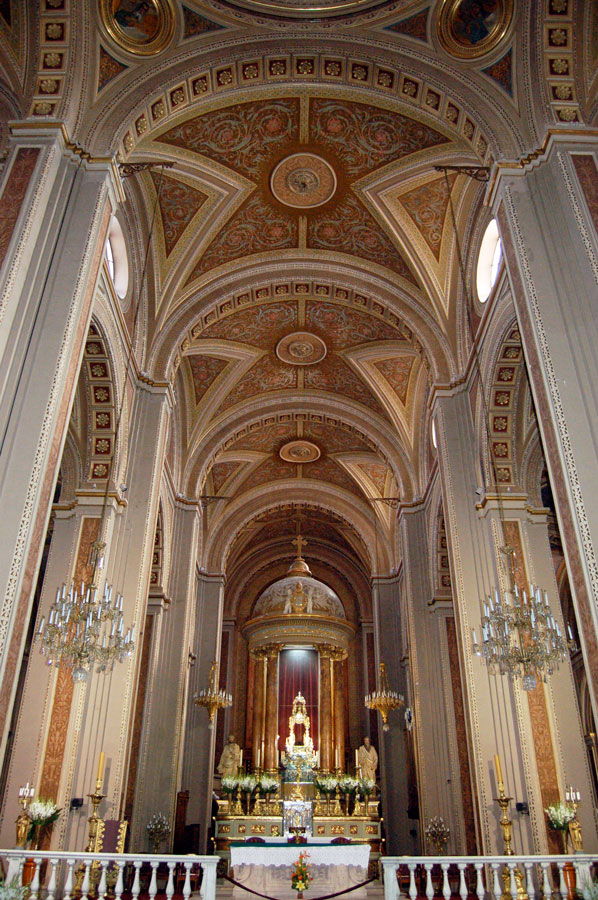
Inside it is a baroque masterpiece of soaring high arches.
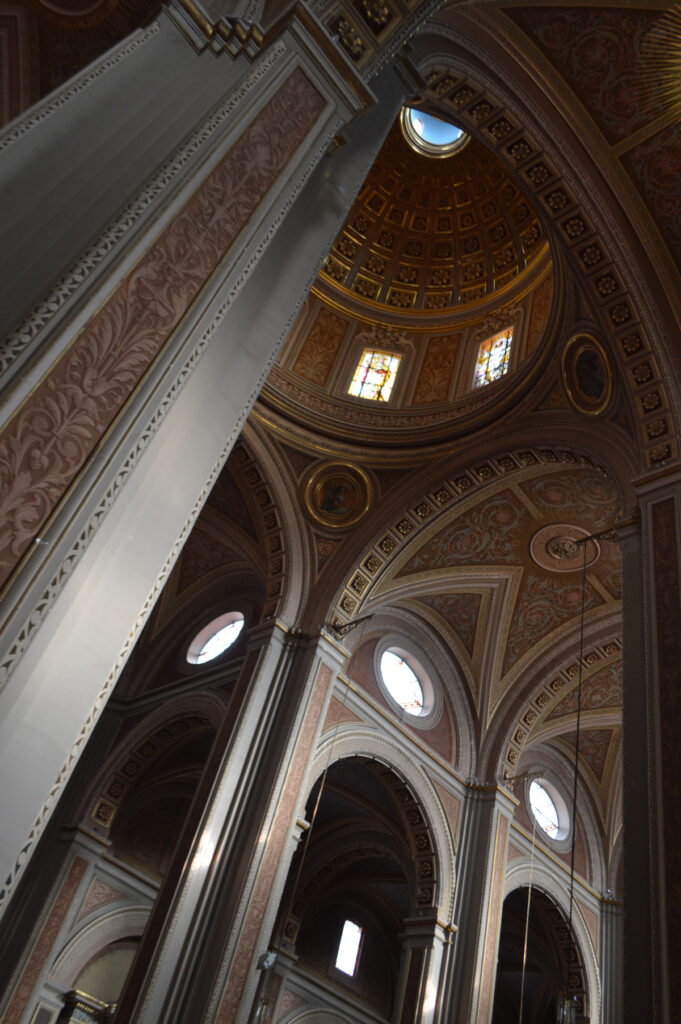
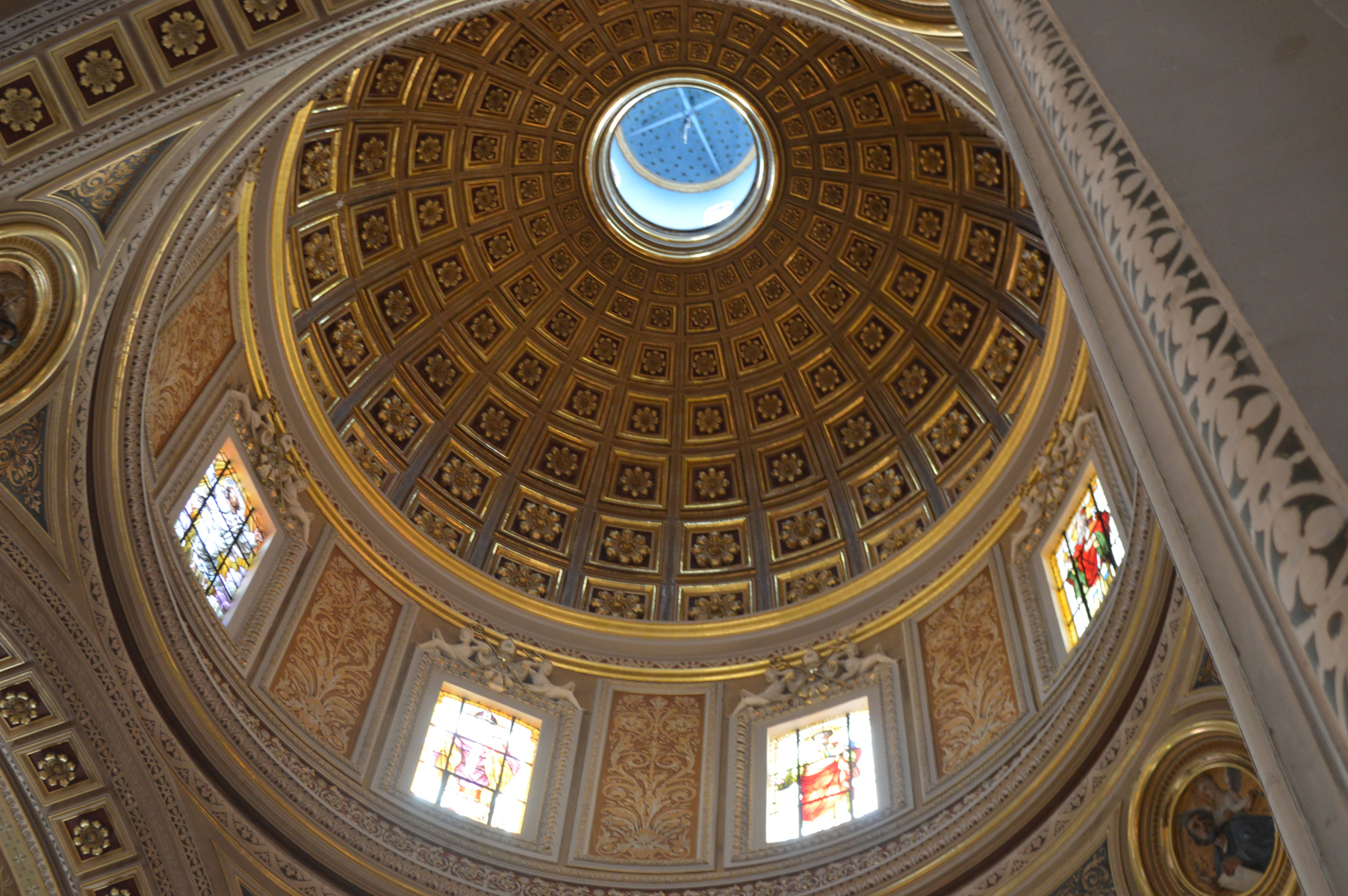
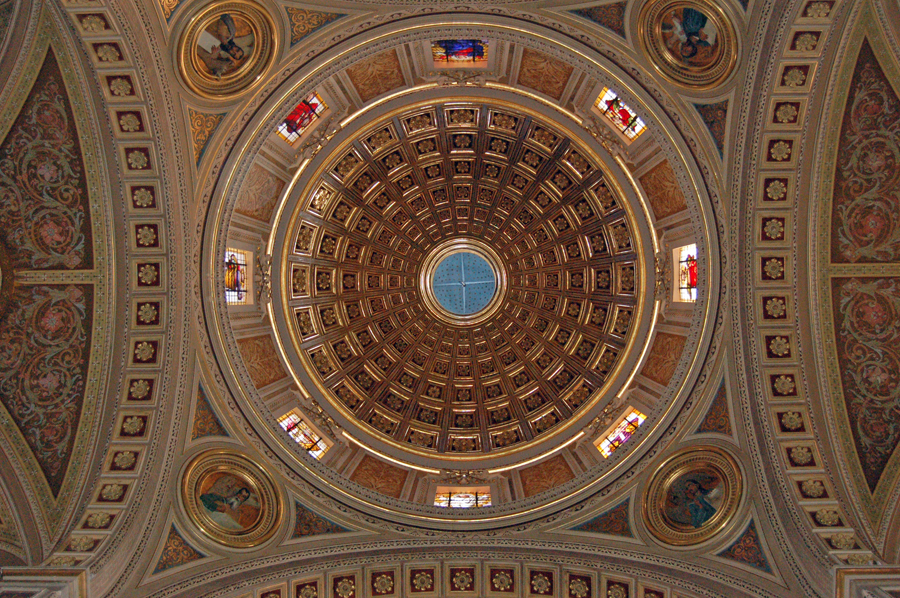
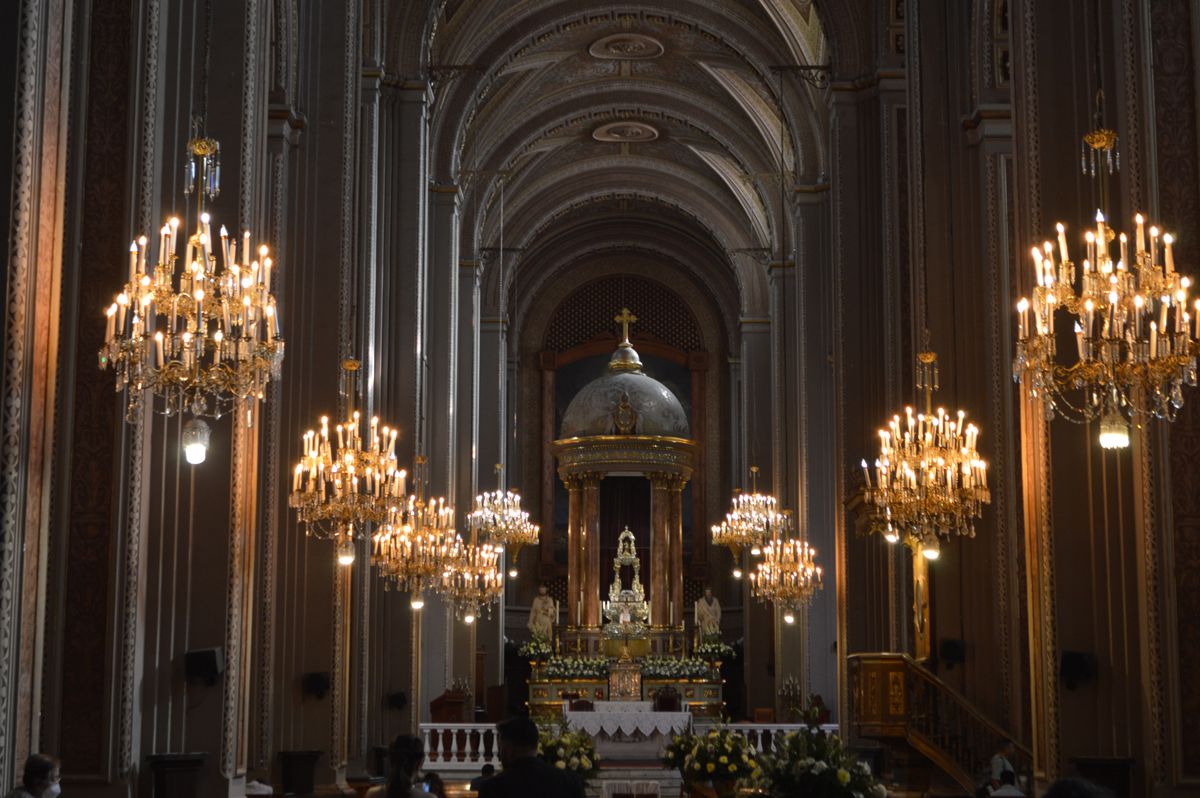
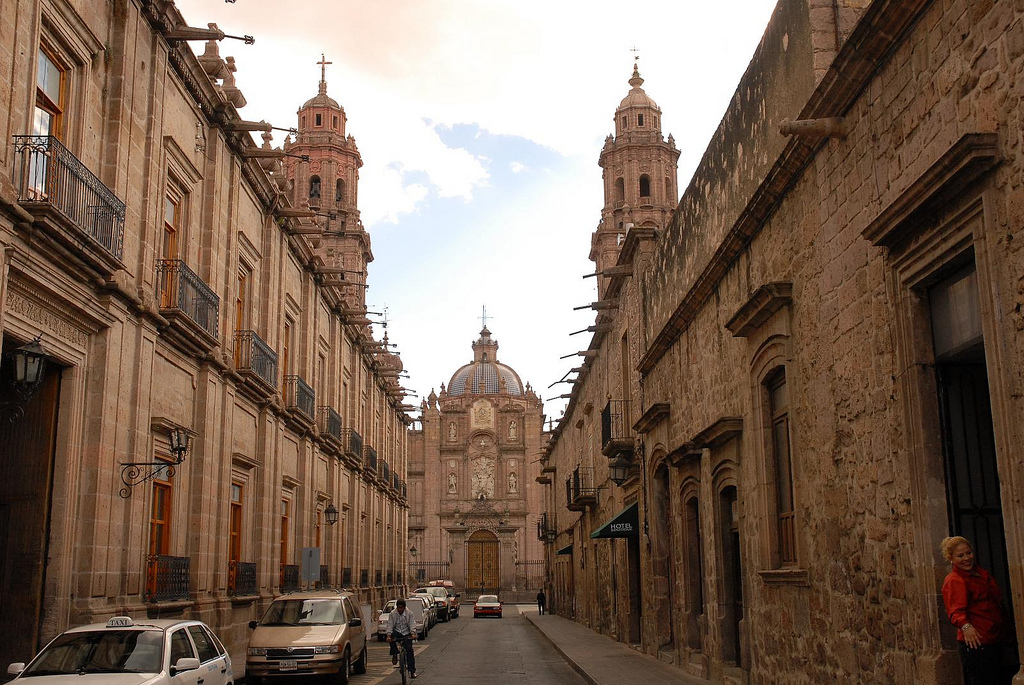
Photo courtesy Wiki Commons
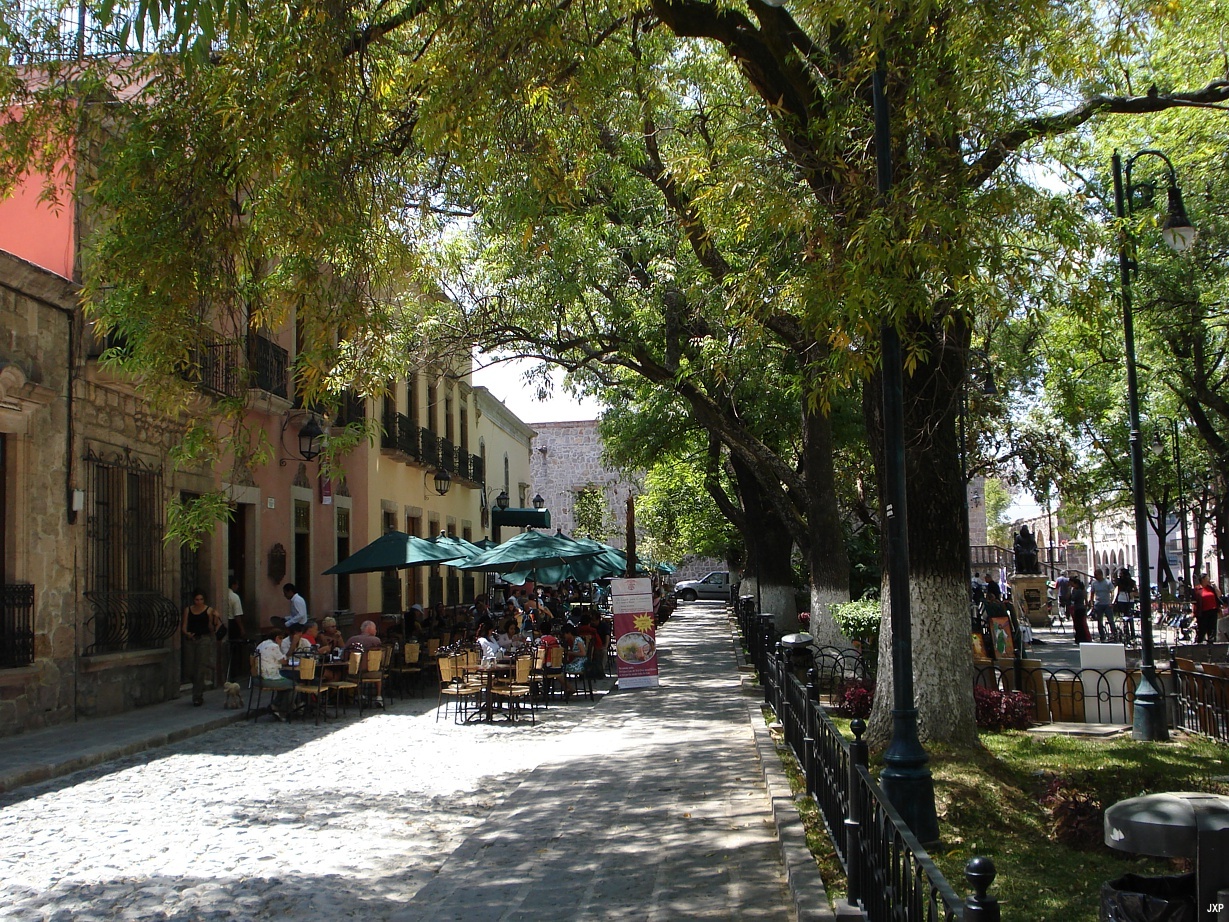
Above Plaza de Rosas a quiet little plaza with outdoor cafes
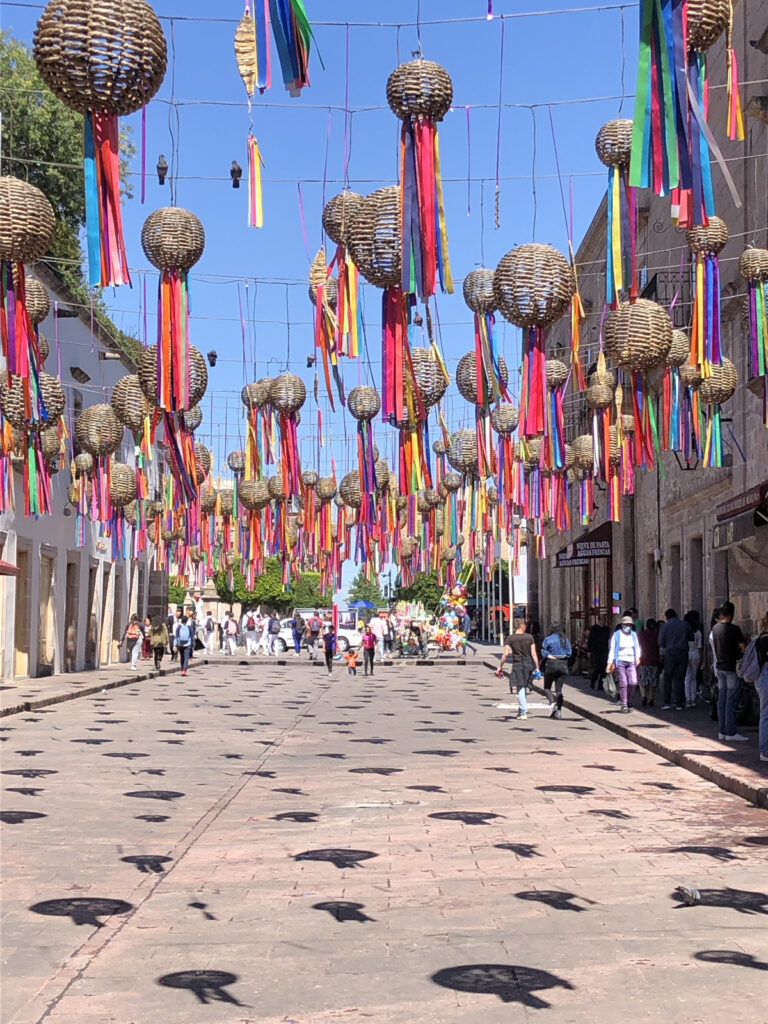
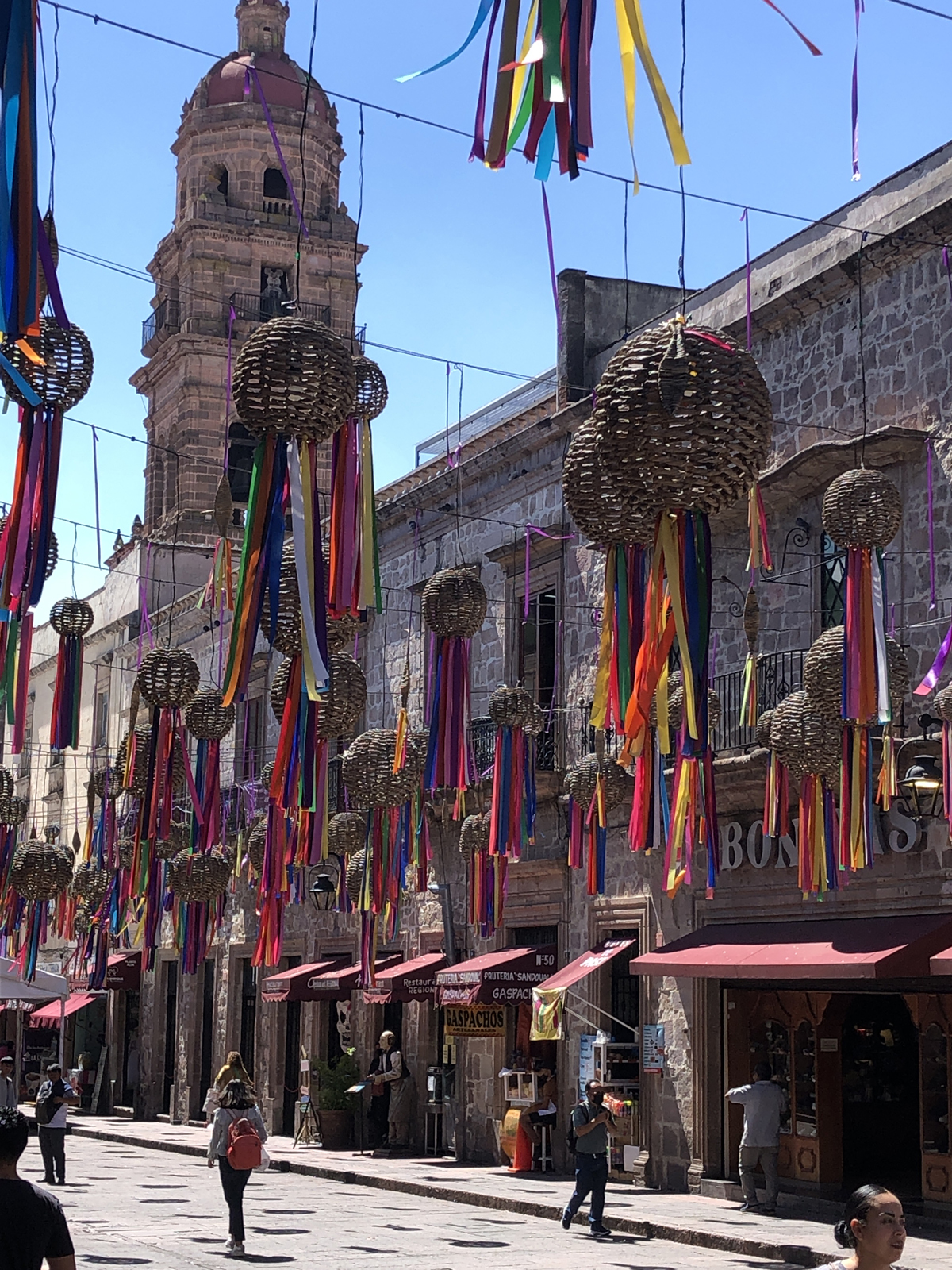
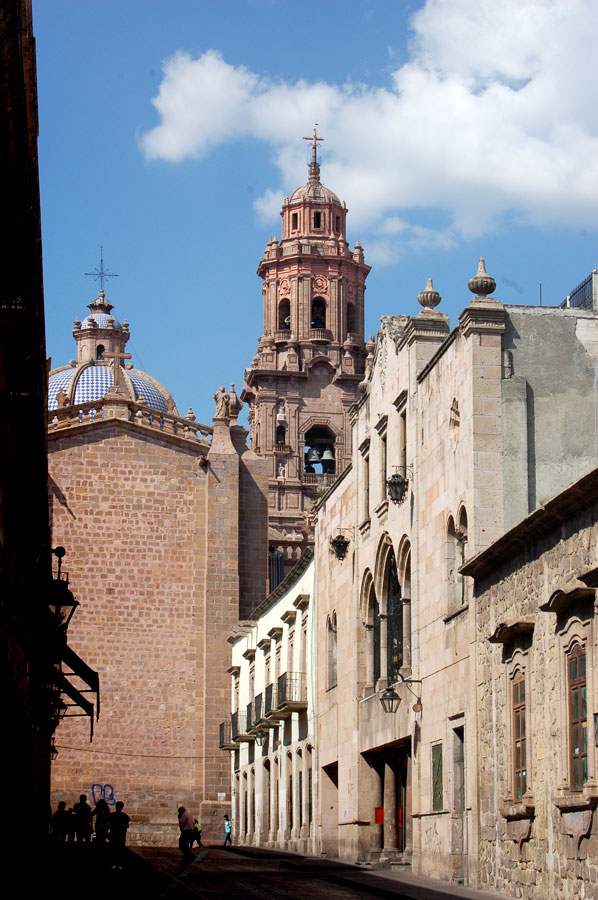
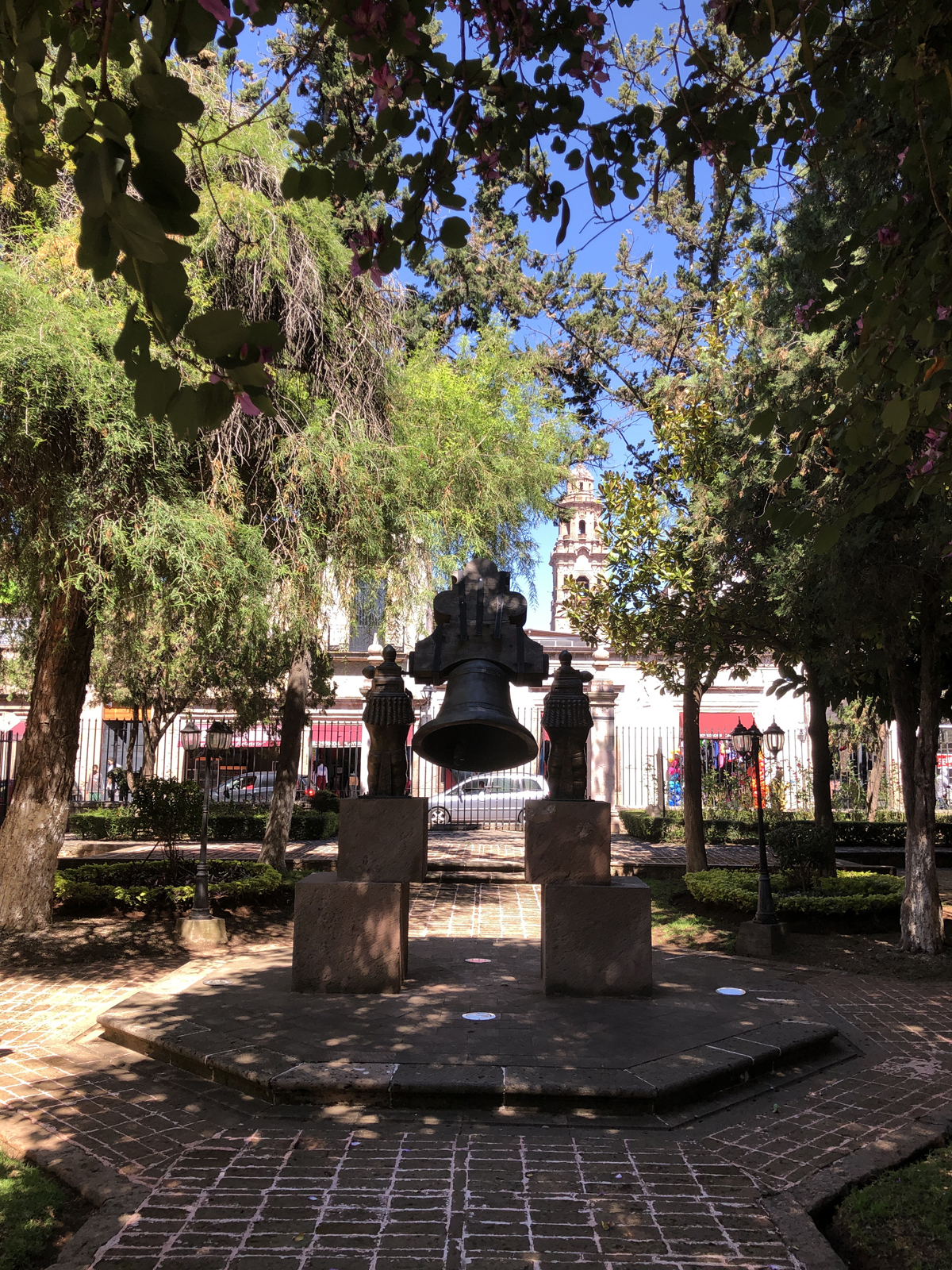
Morelo’s birthplace
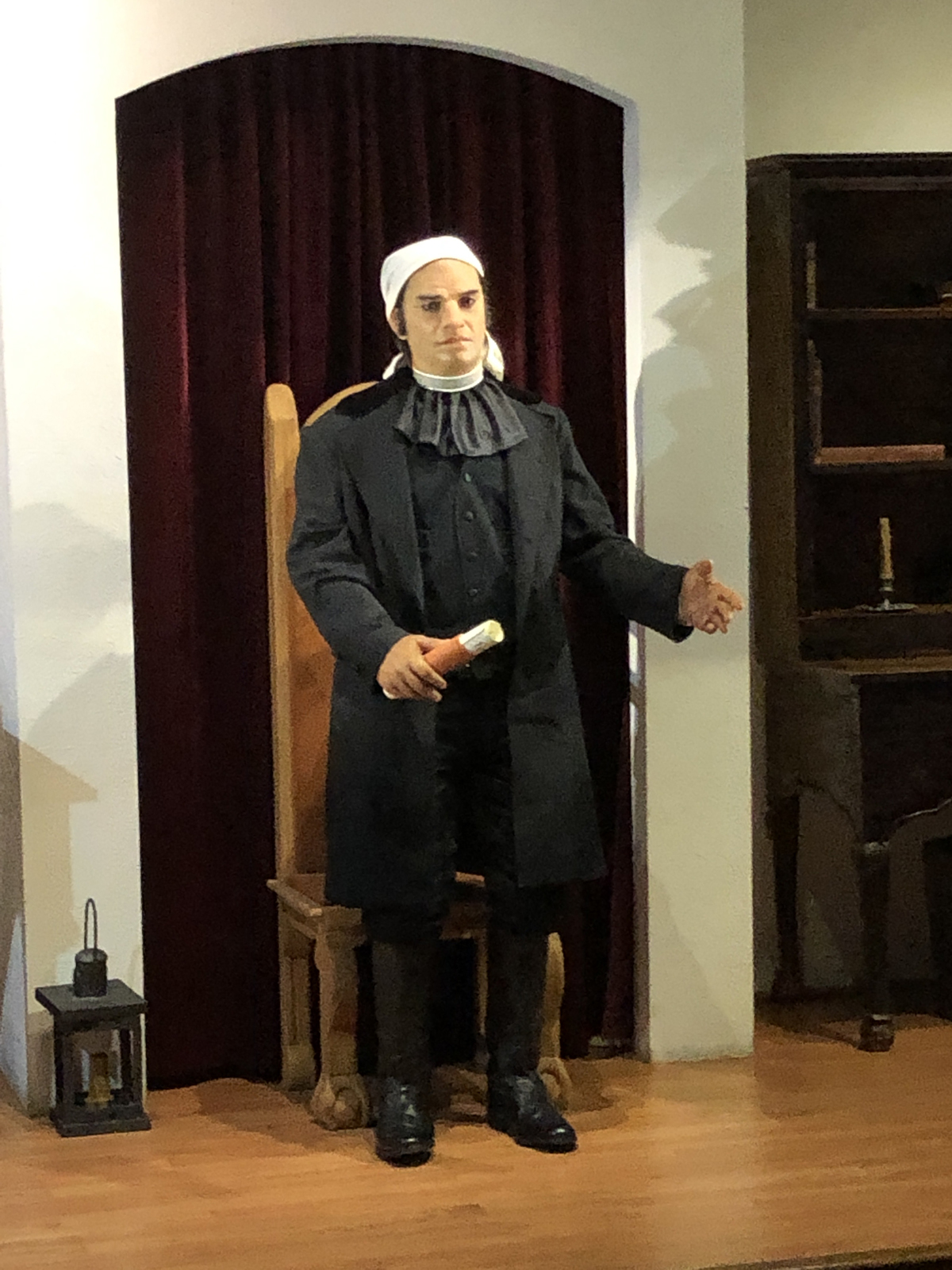
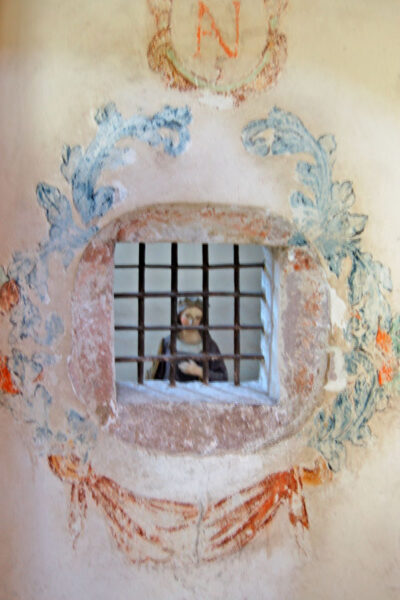
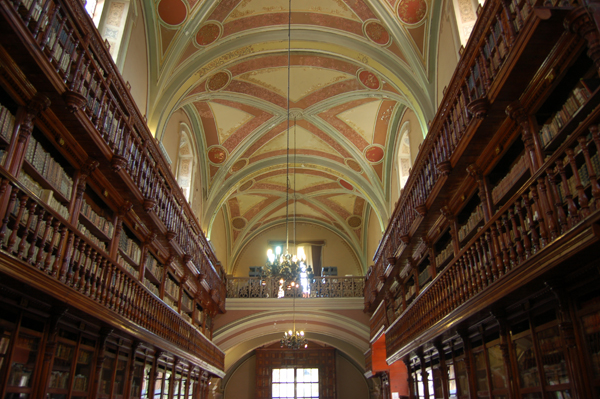
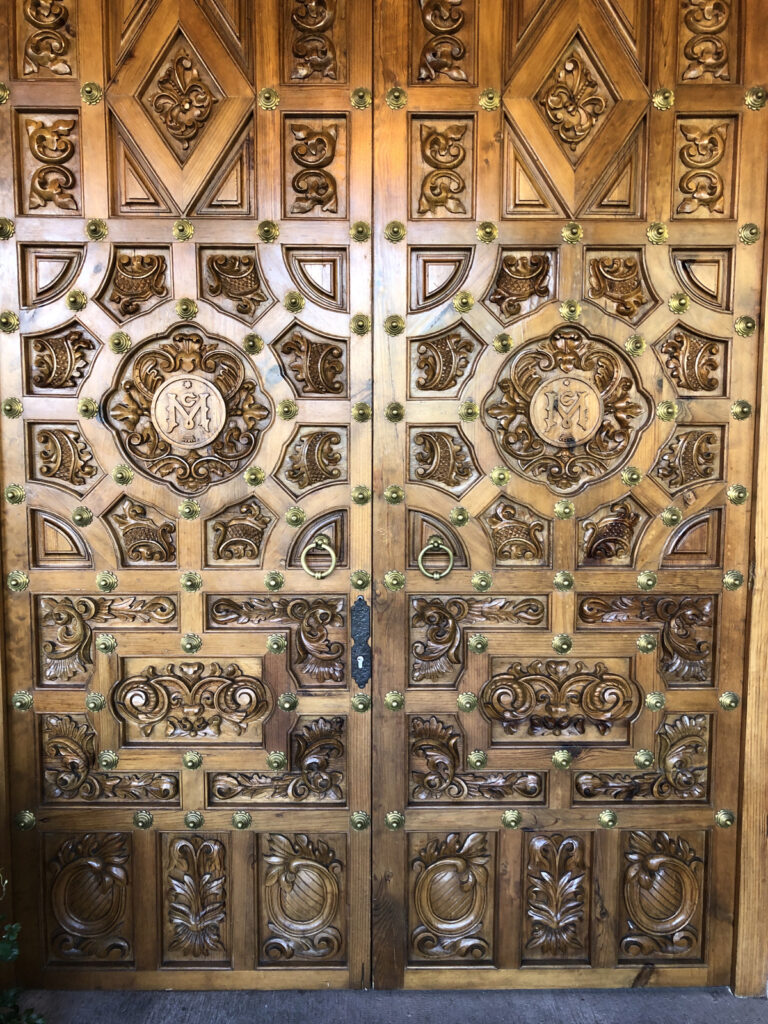
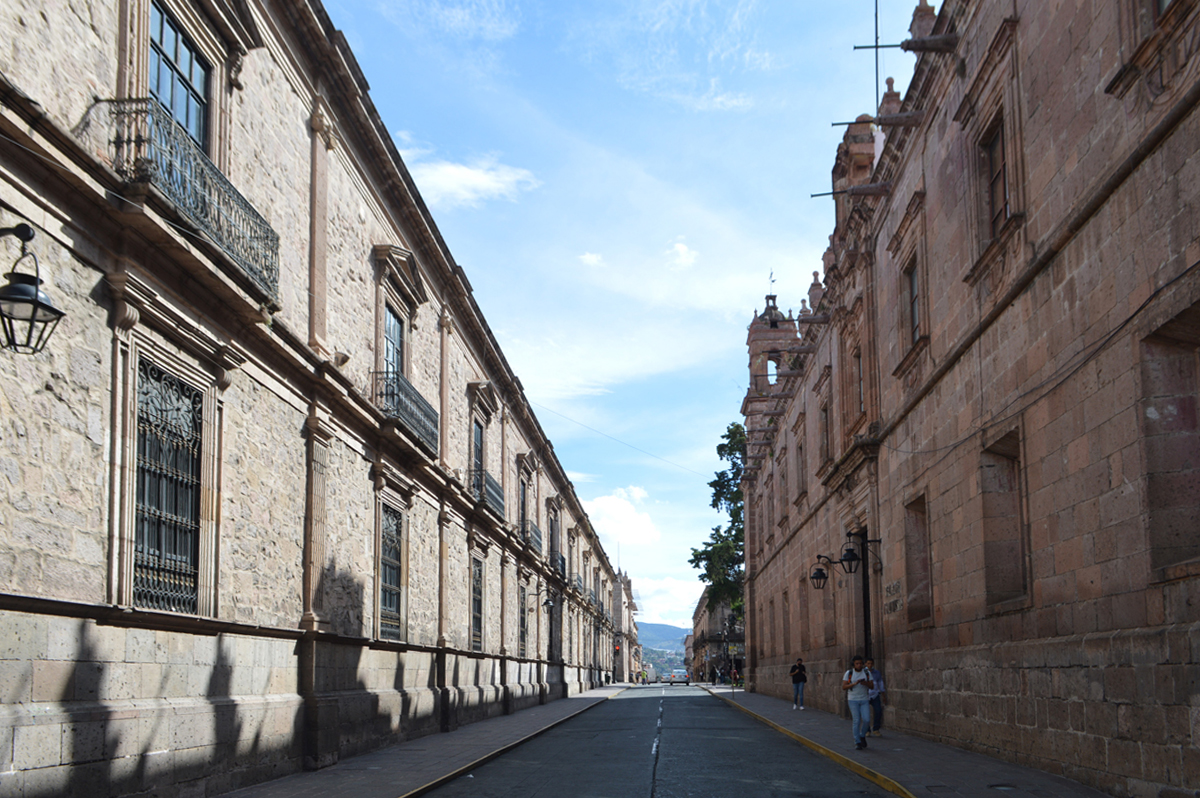
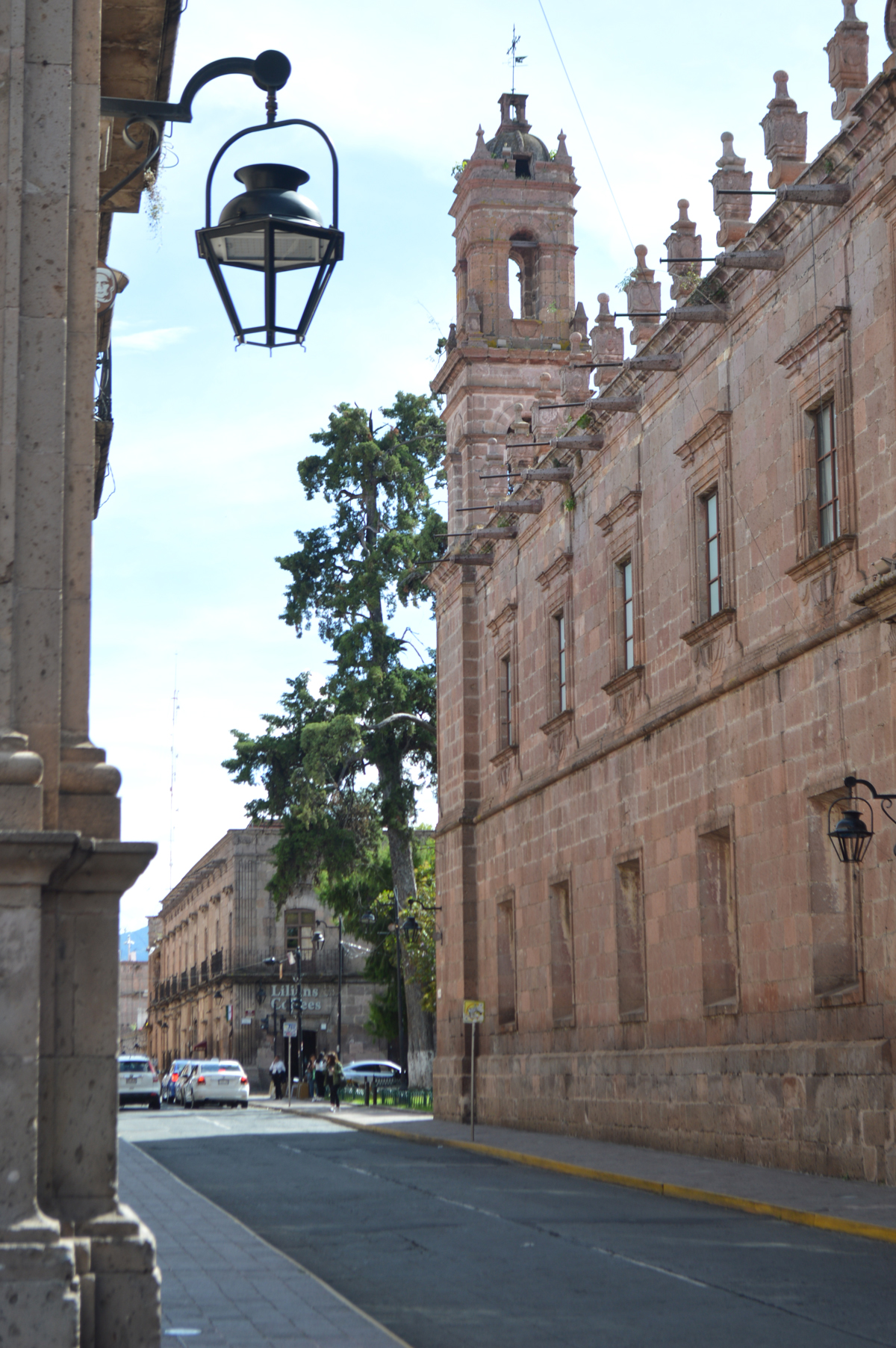
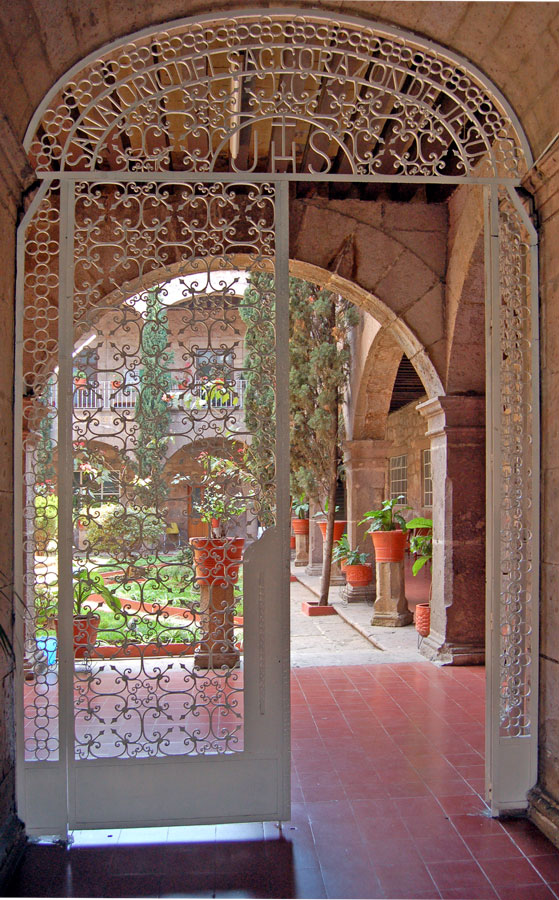
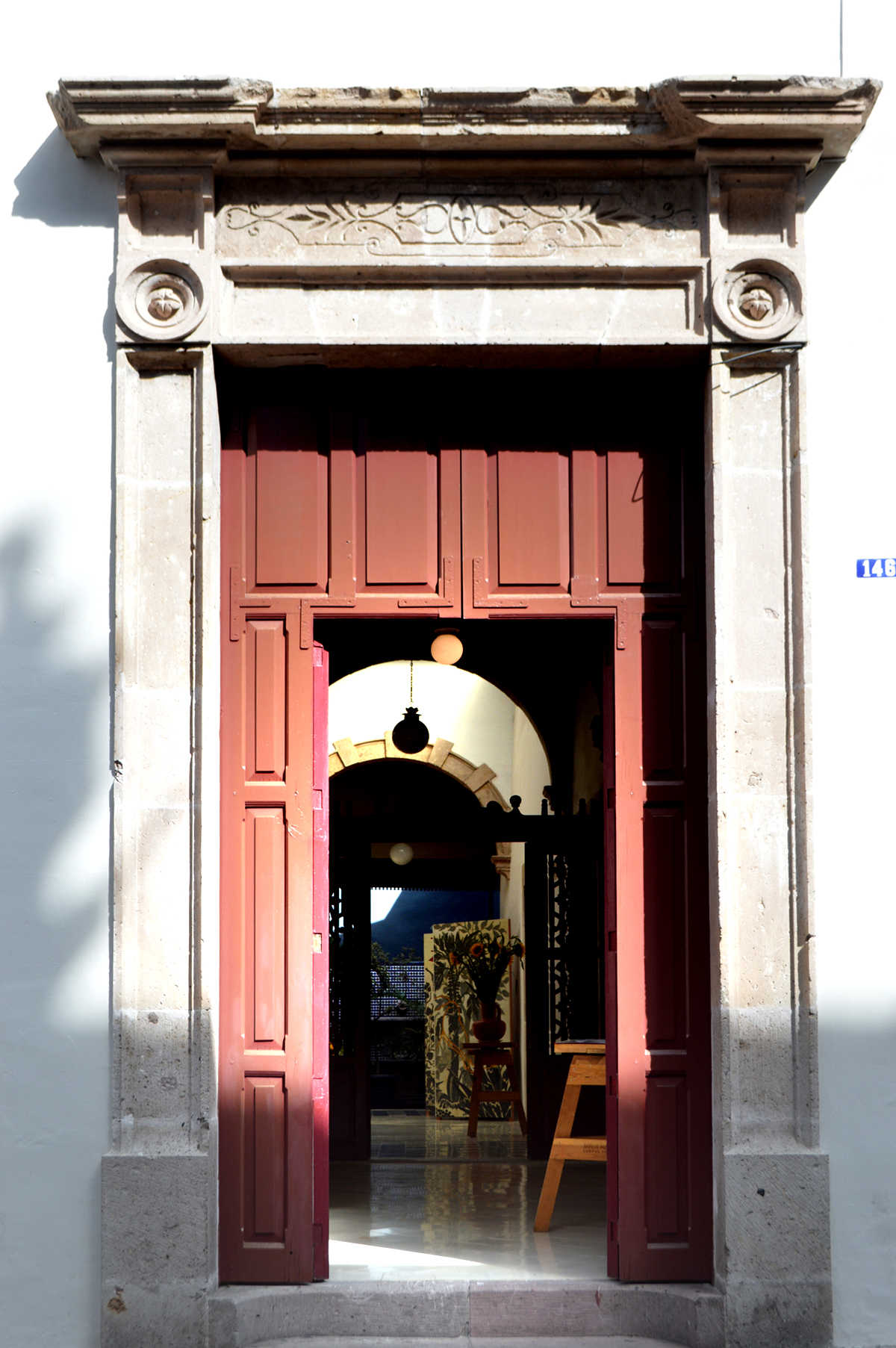
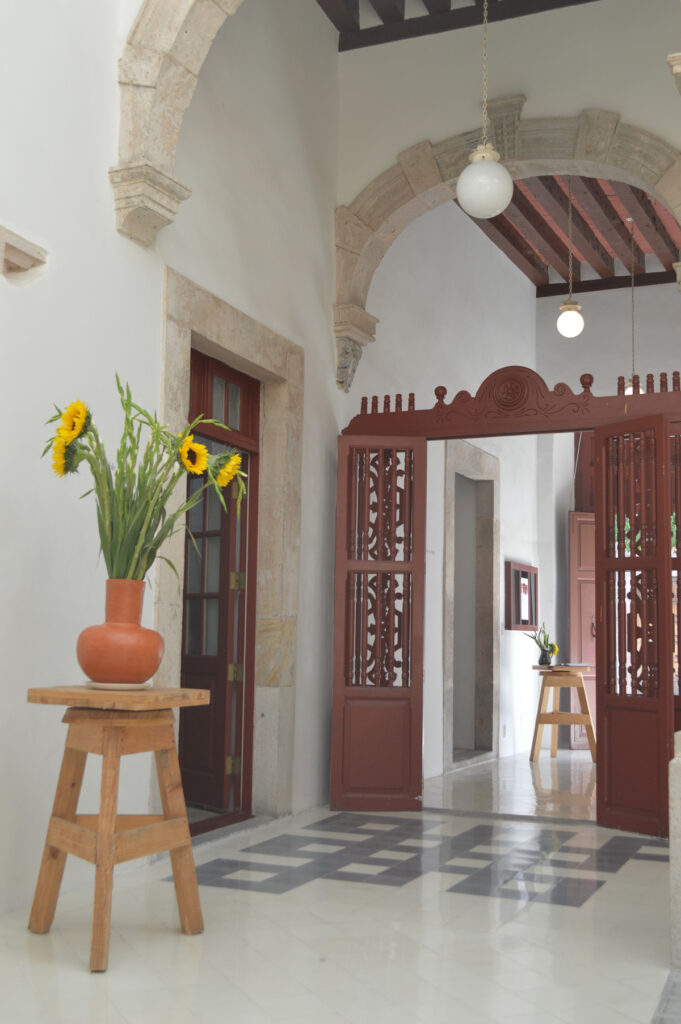
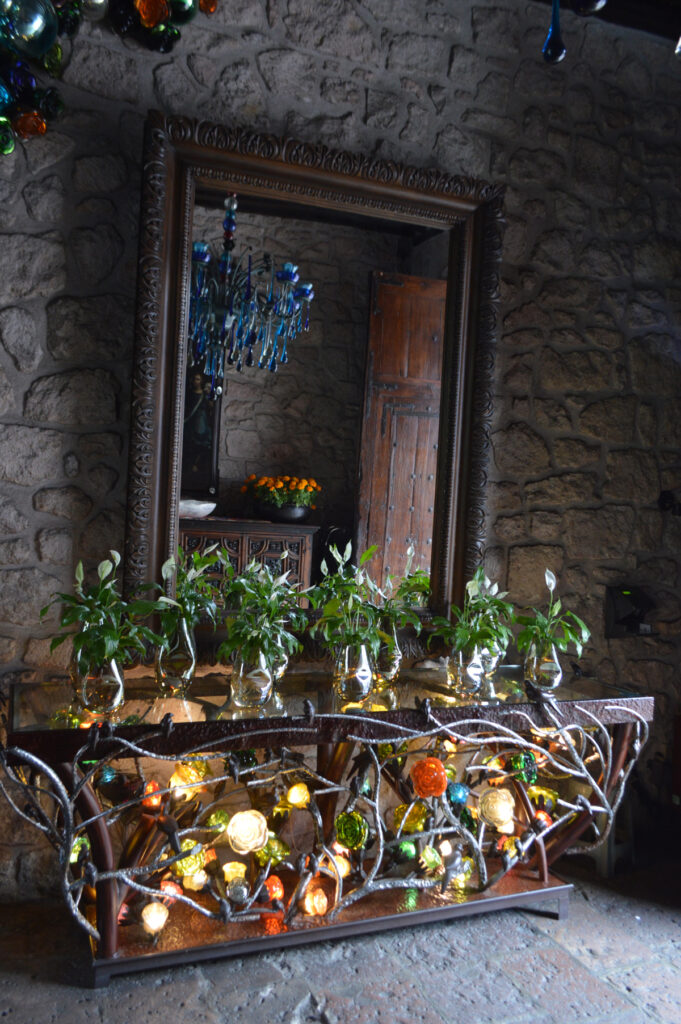
Below The Hotel Soledad a classic old world hotel
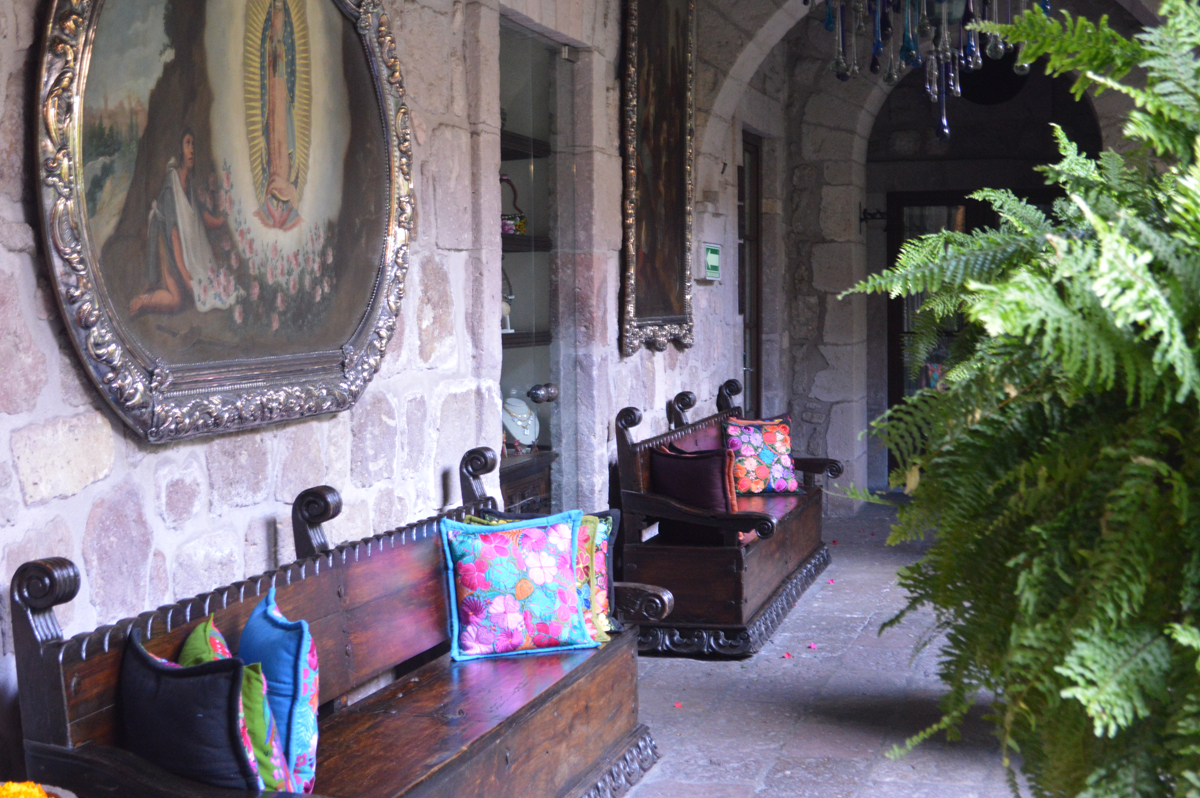
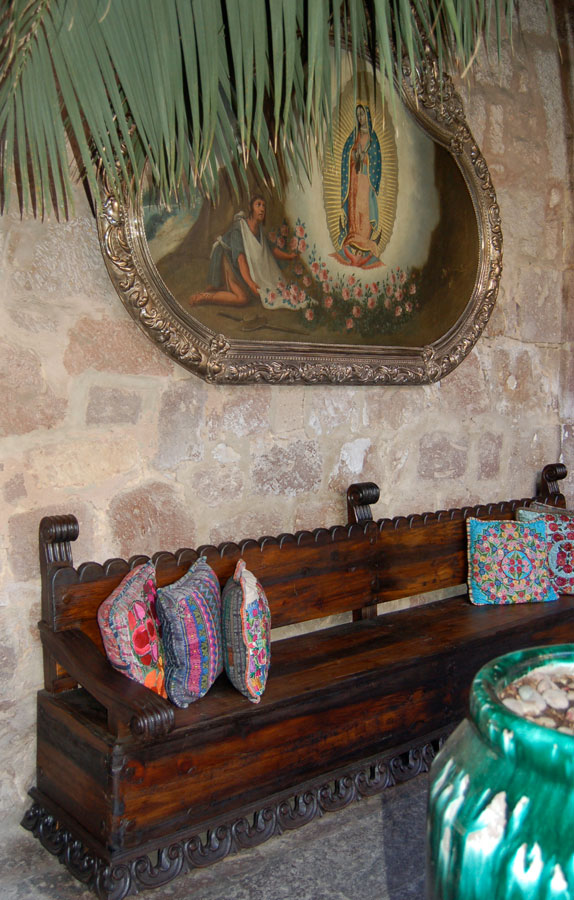
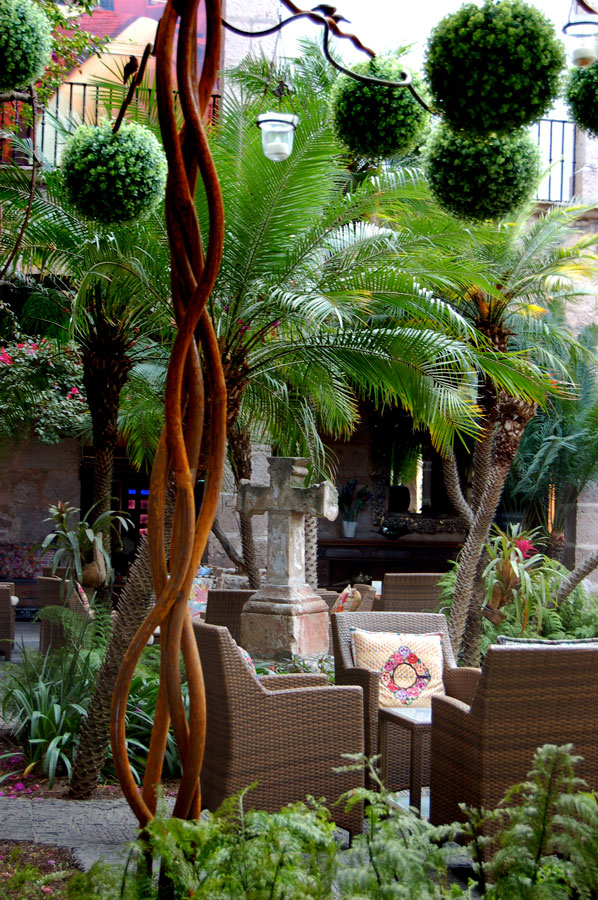
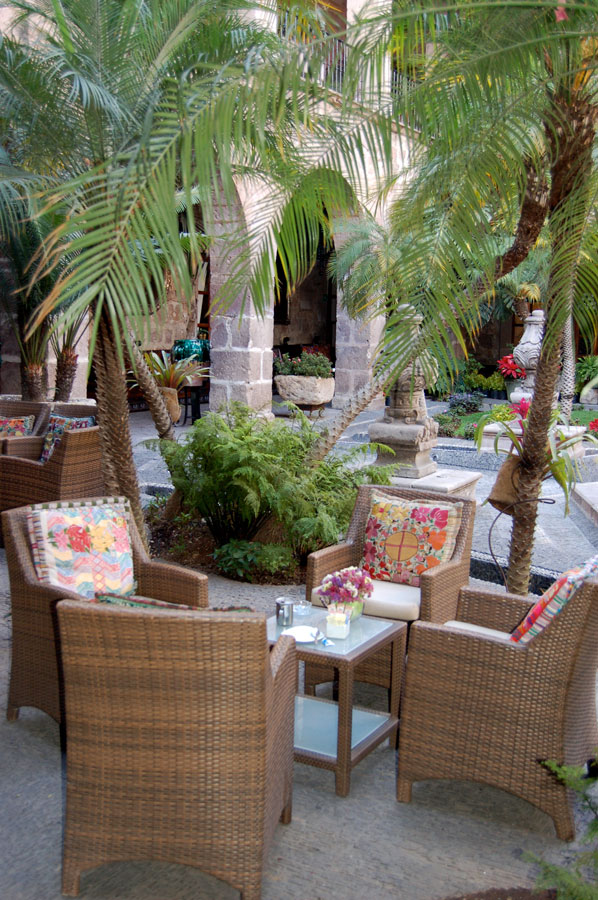
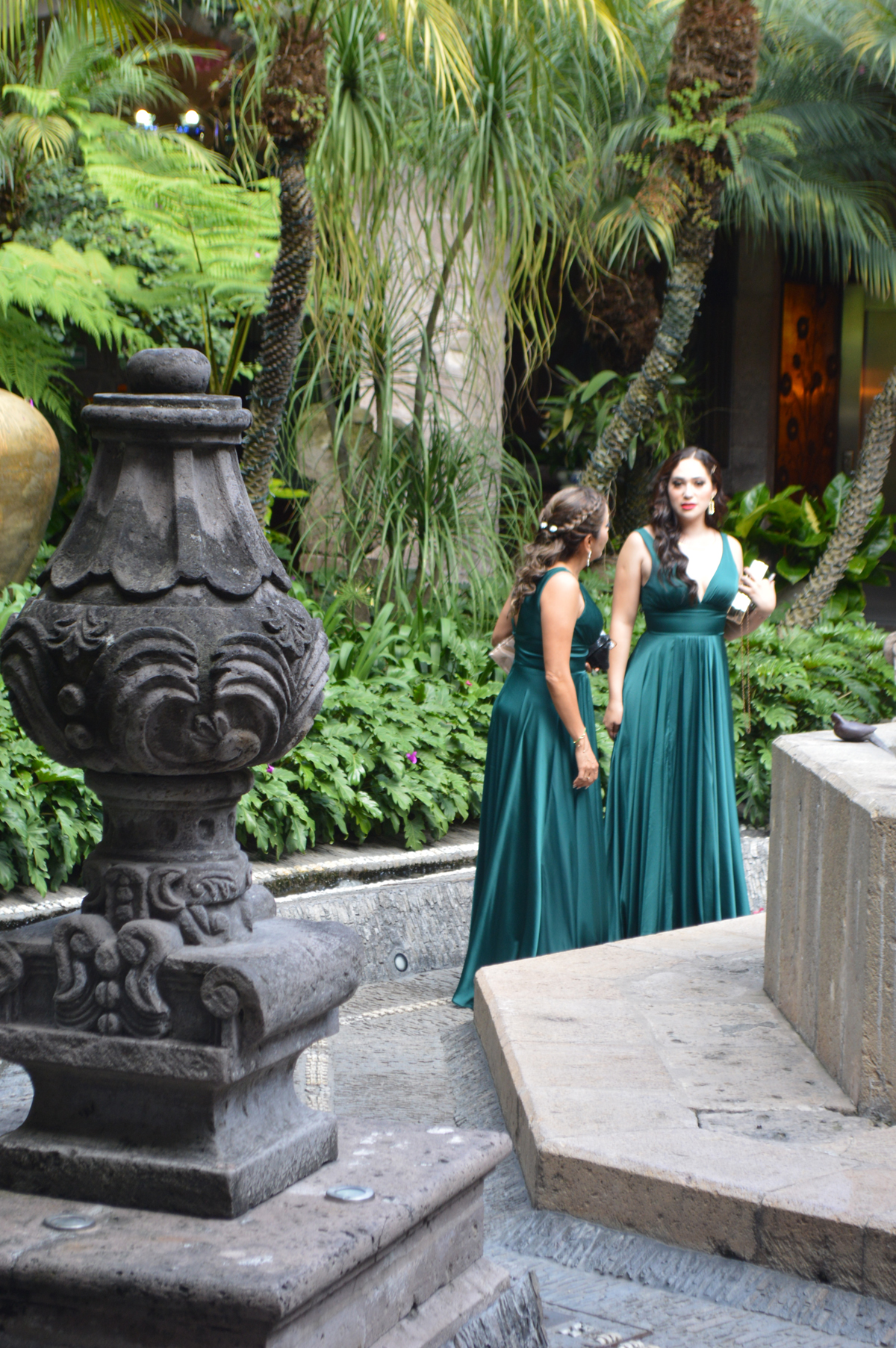
The classic Mercedes also ready to whisk away the newly weds
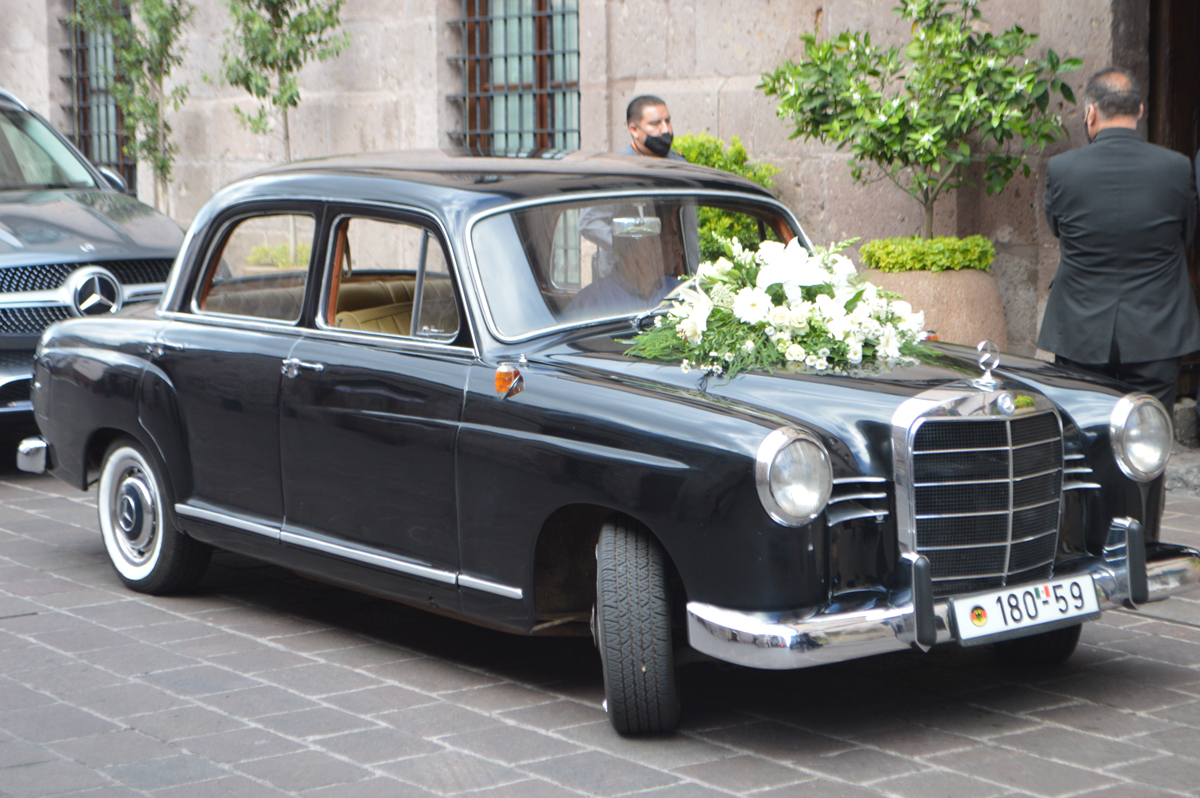
Below Details of the house stayed in.
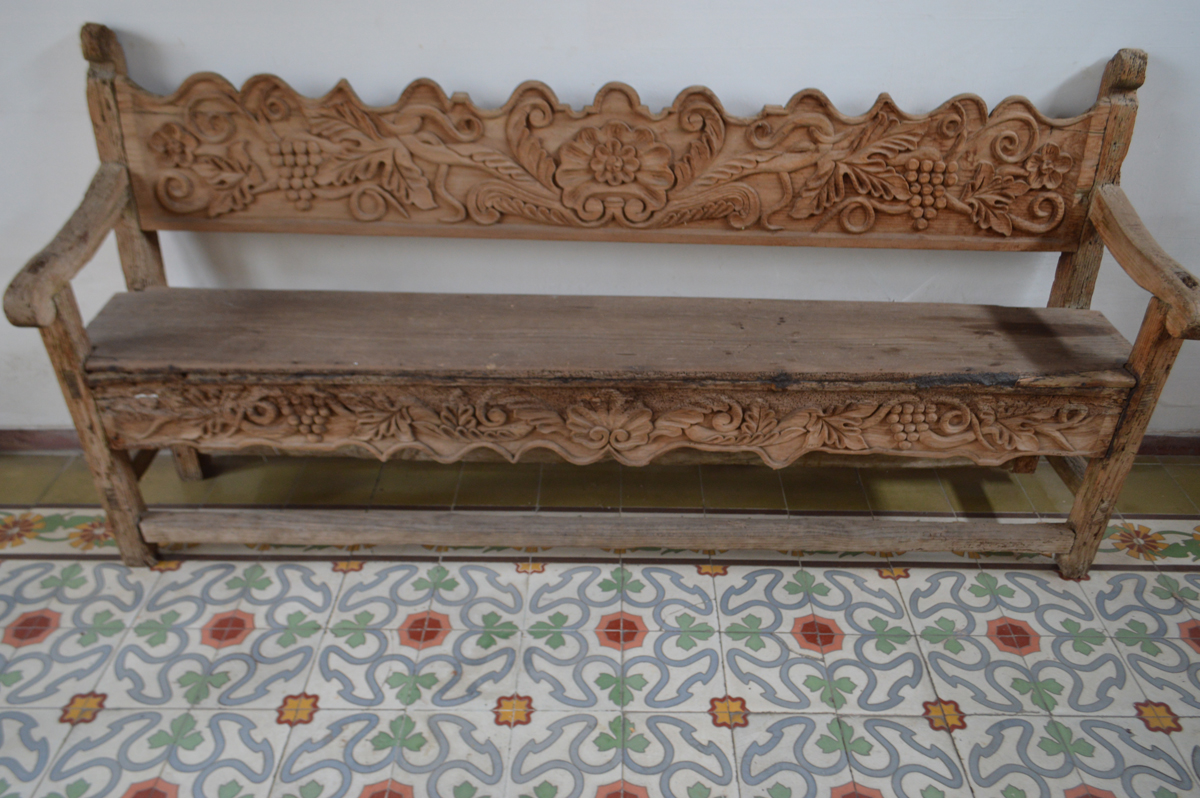
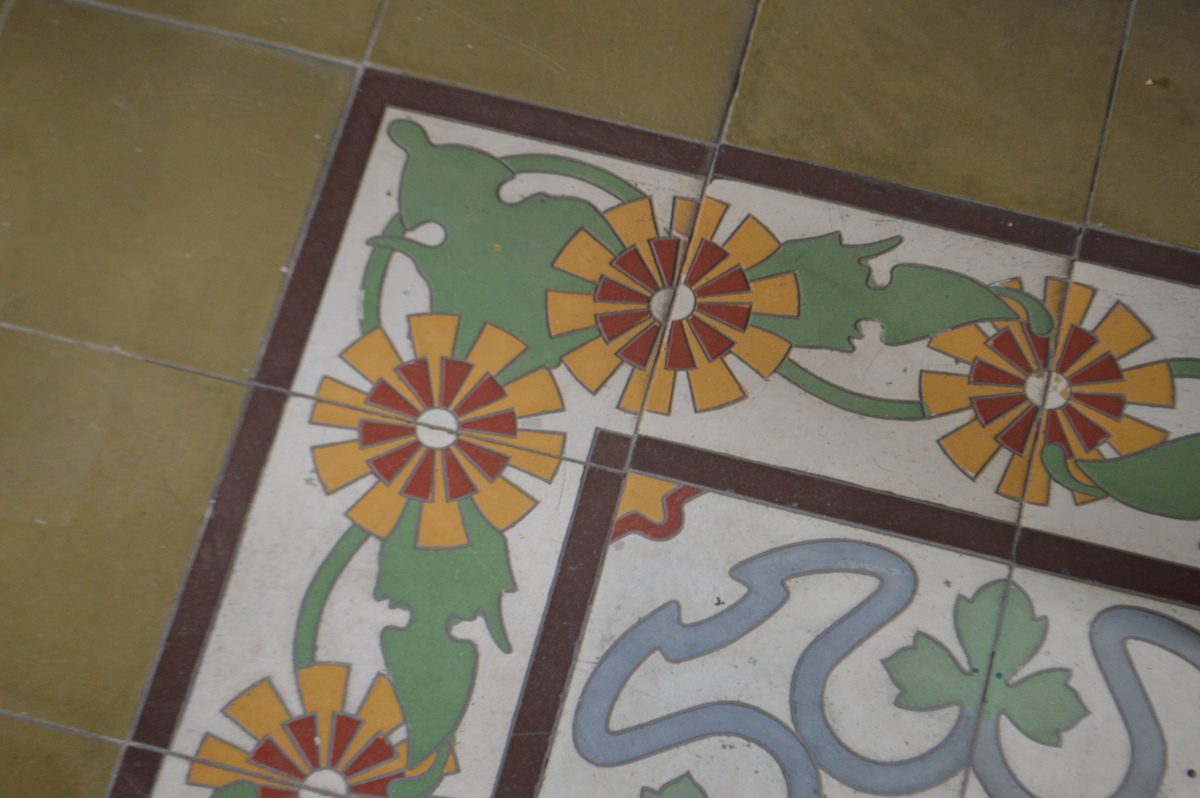
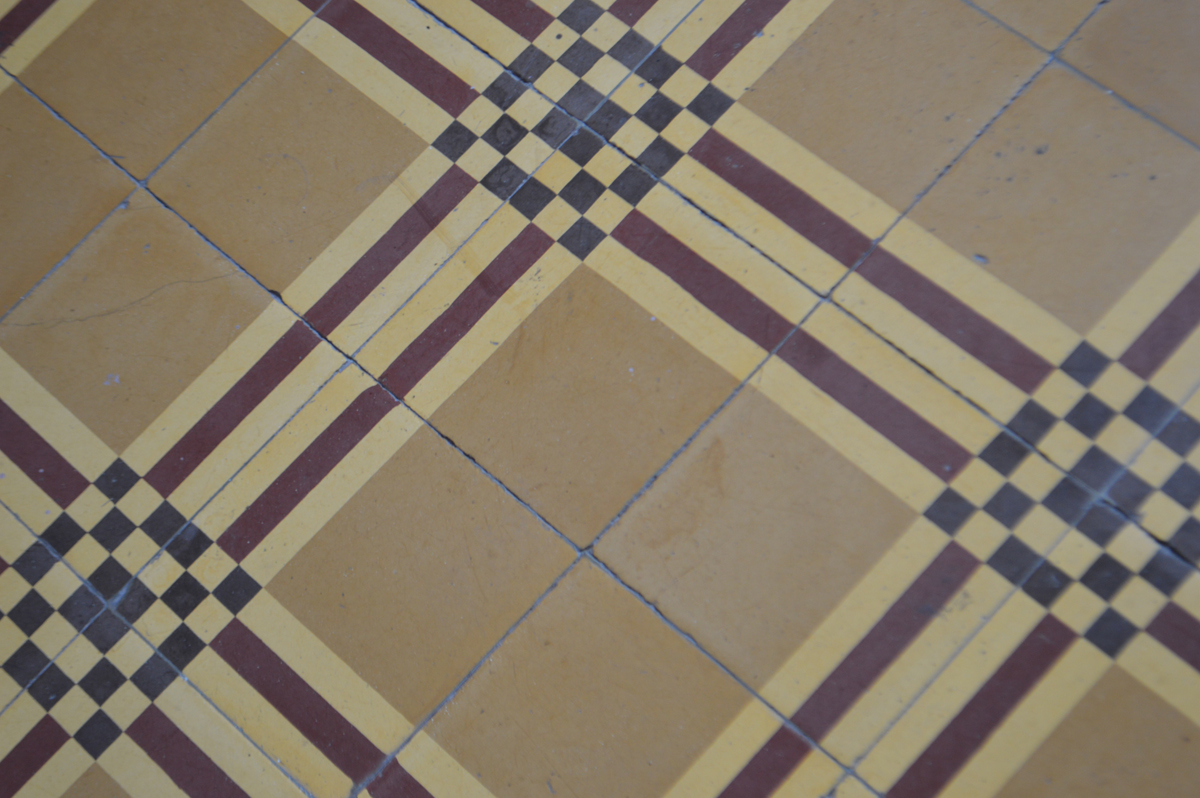
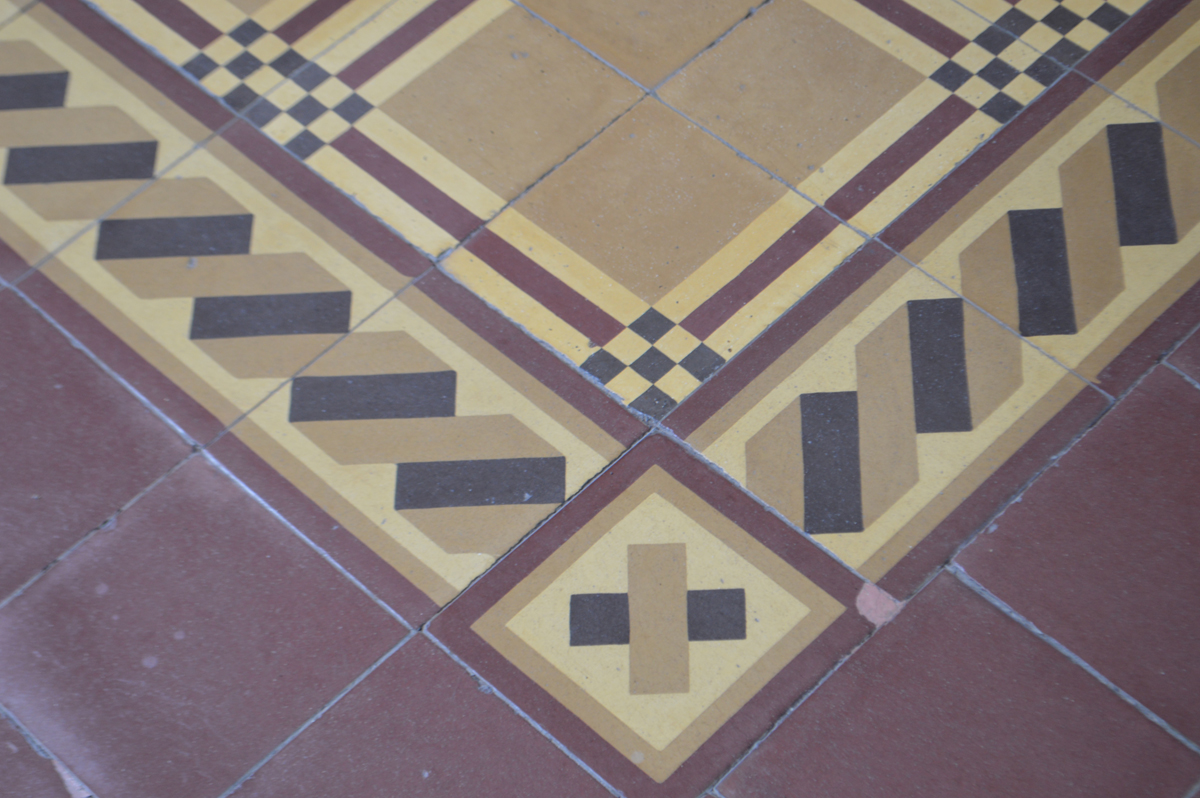
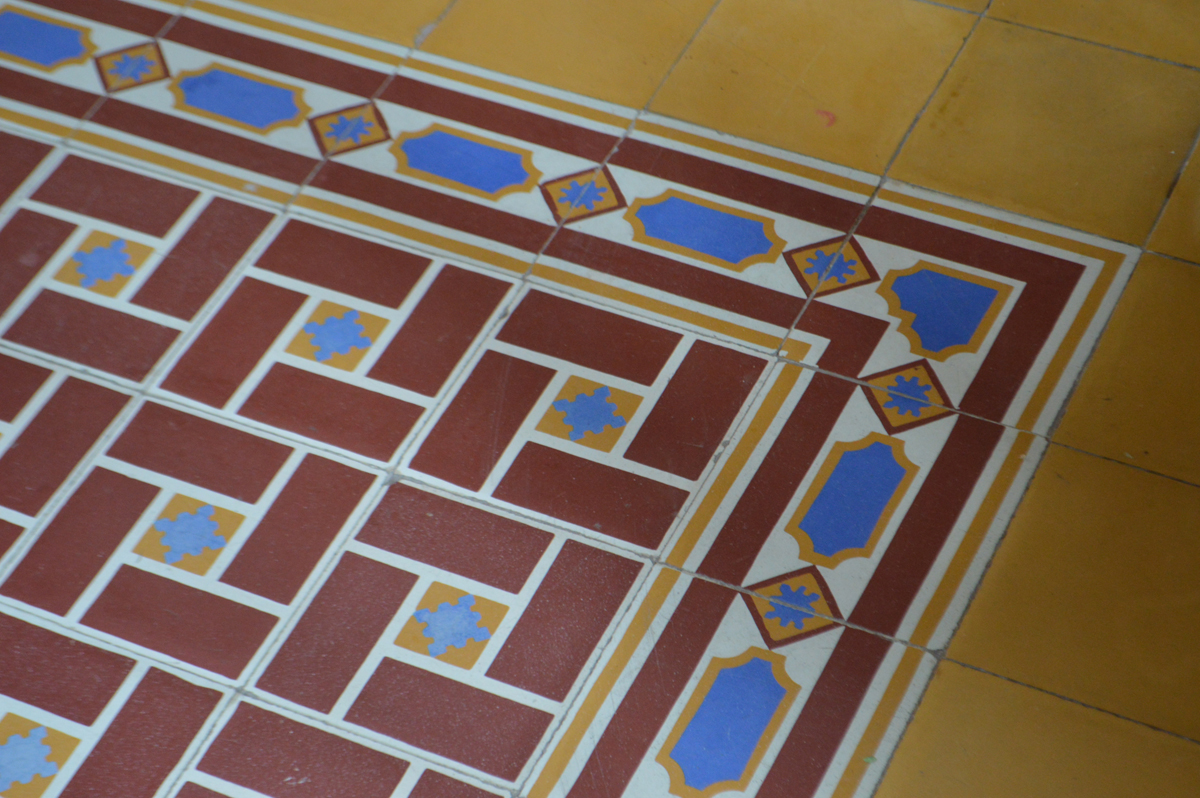
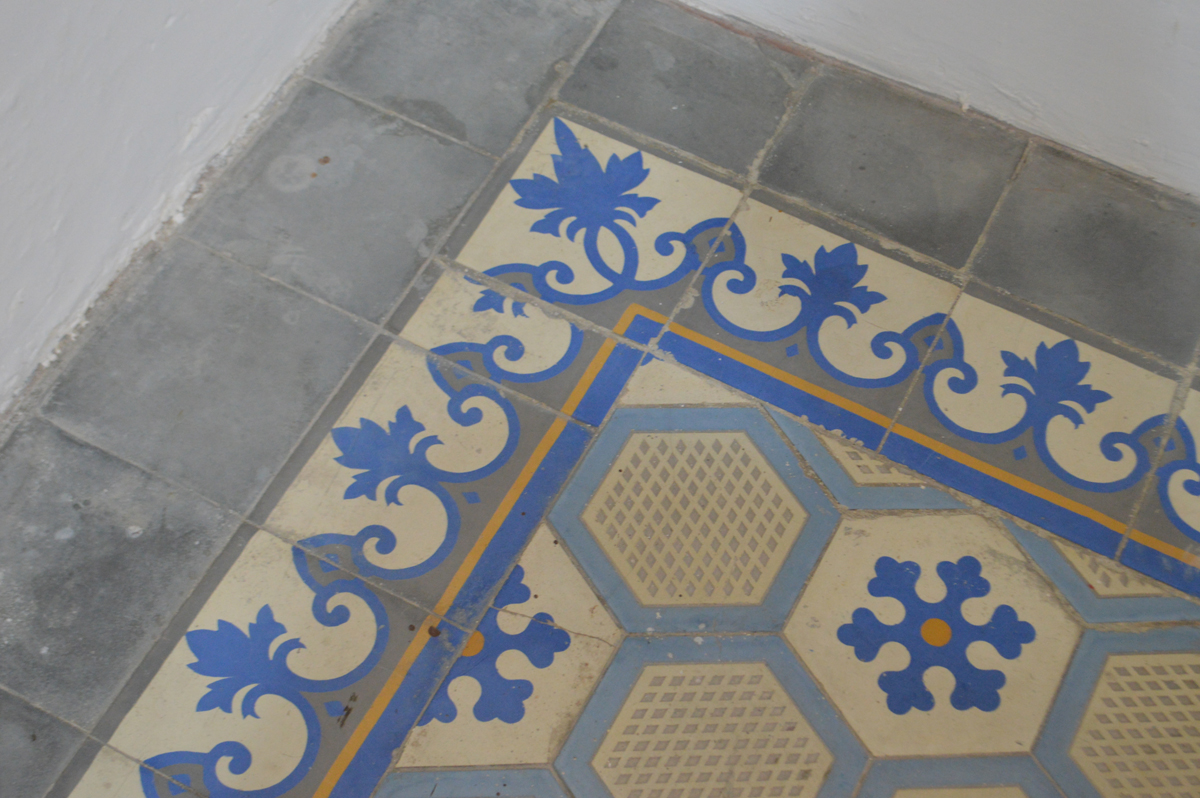
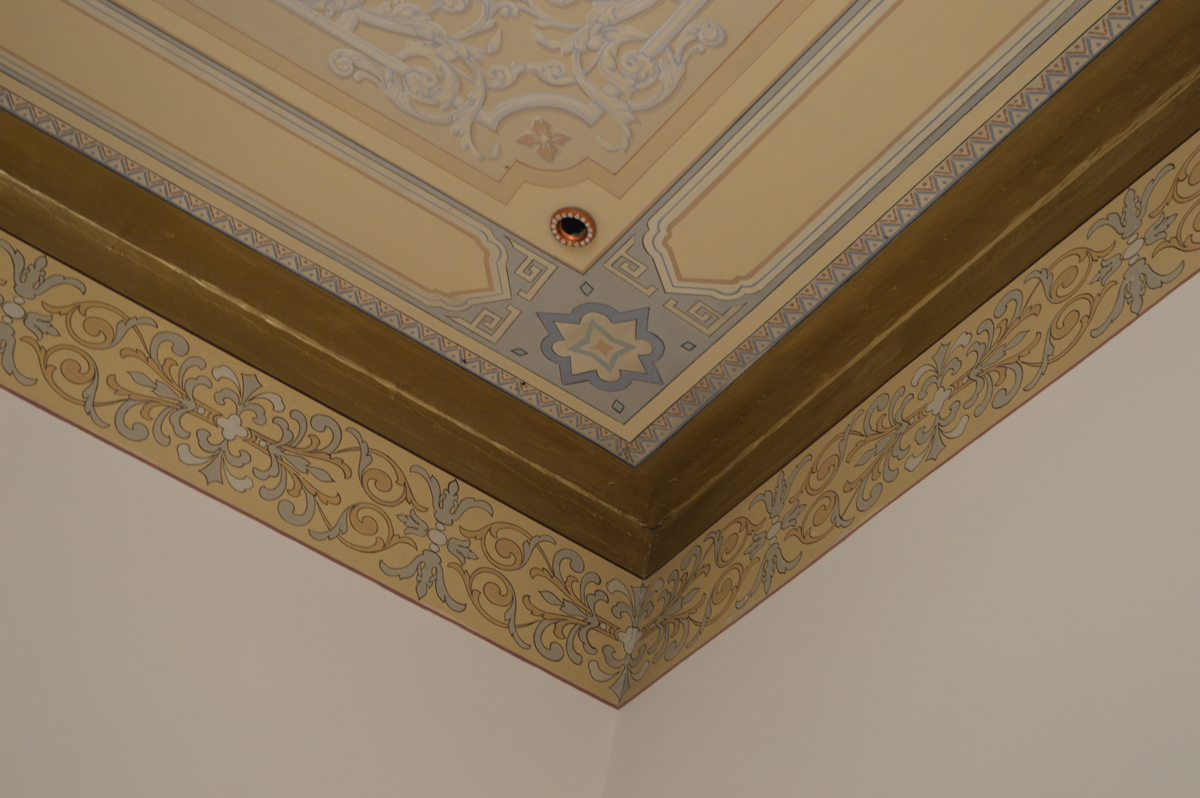
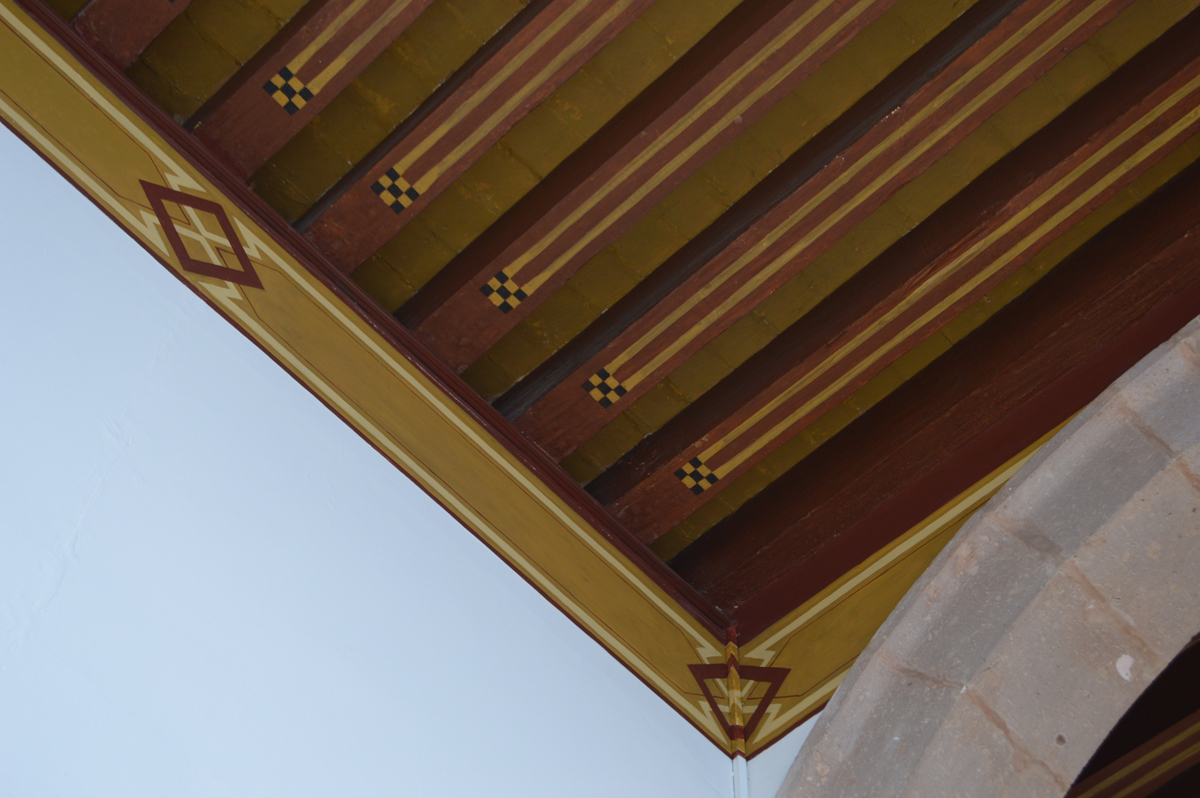
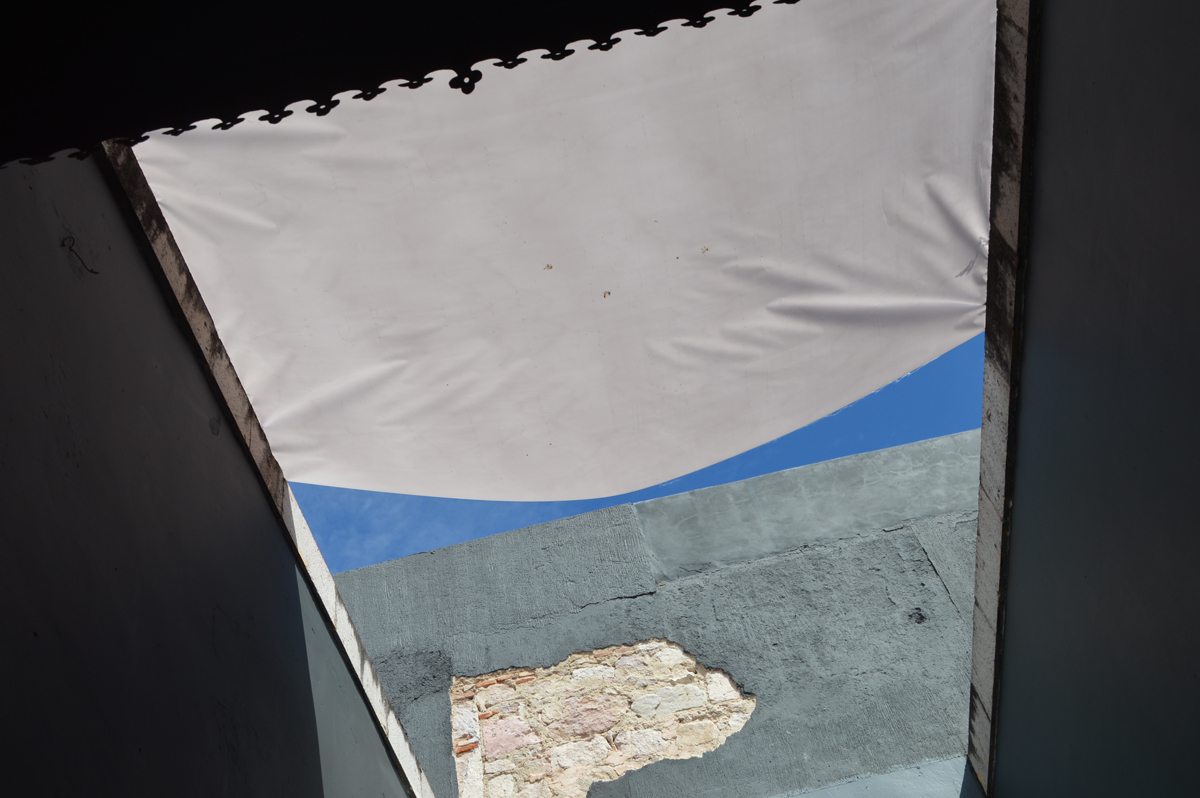
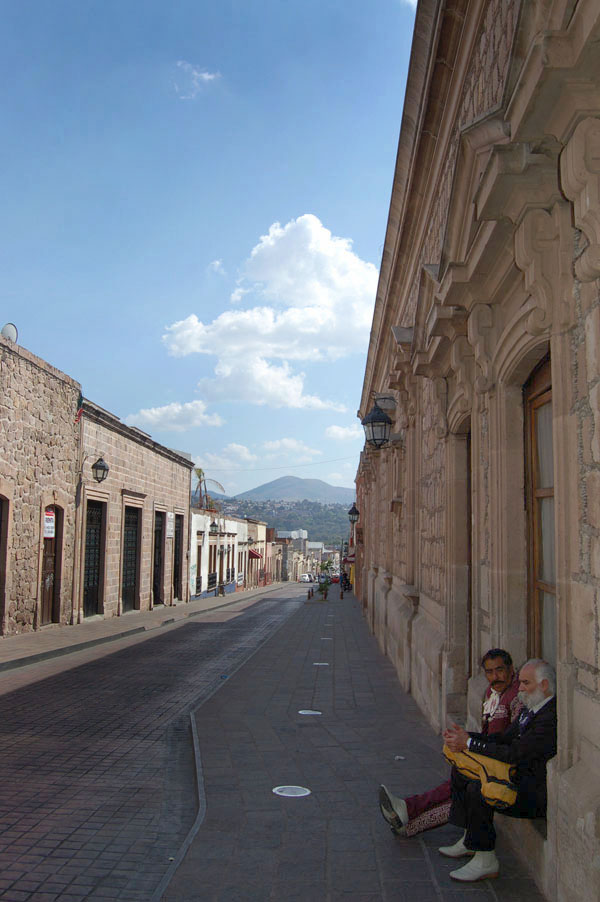
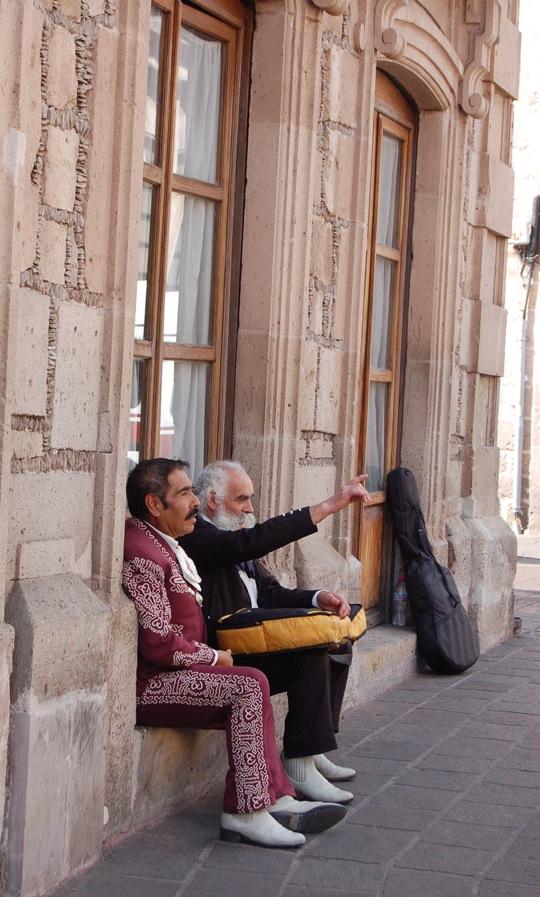
The photo above of the Mariachi player with the mustache was taken ten years ago. He is still there today.
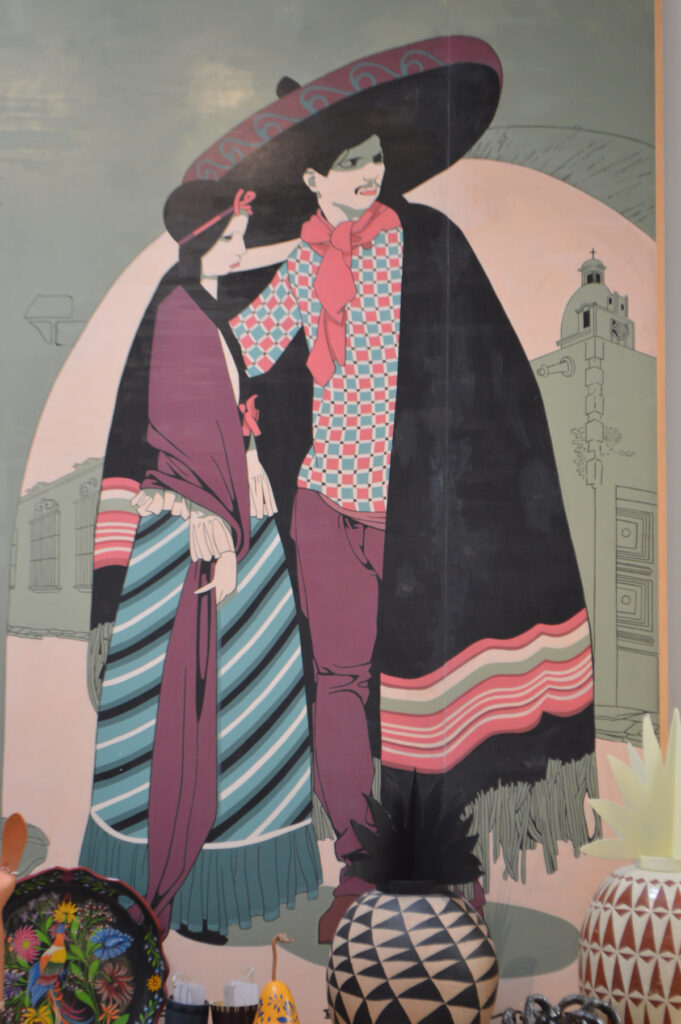
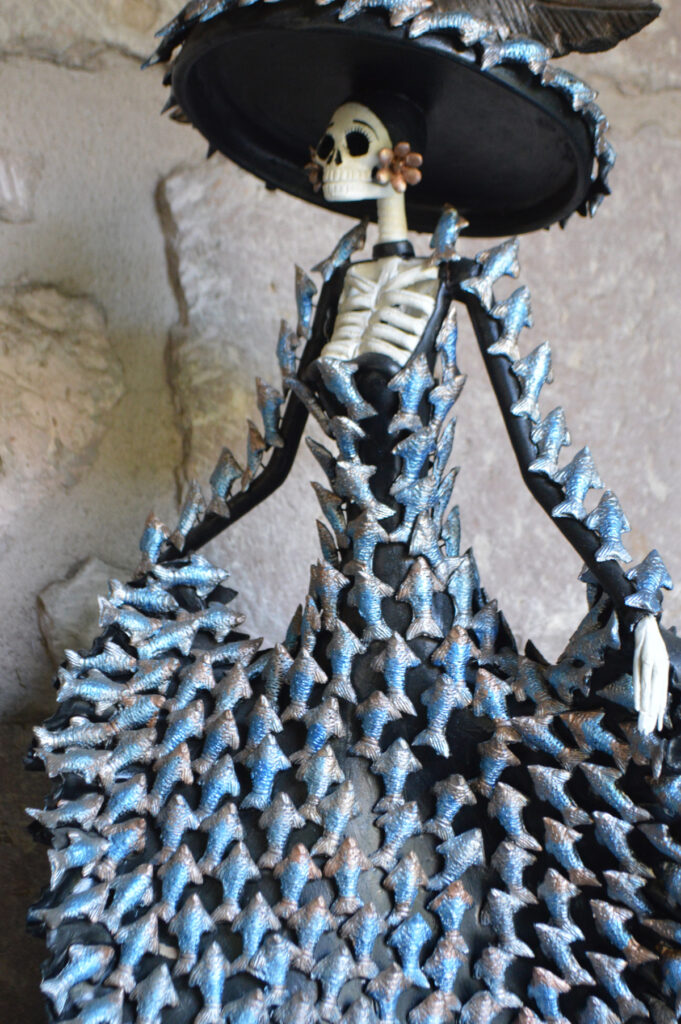
Above La Caterina representing the fish of Lake Patzcuaro
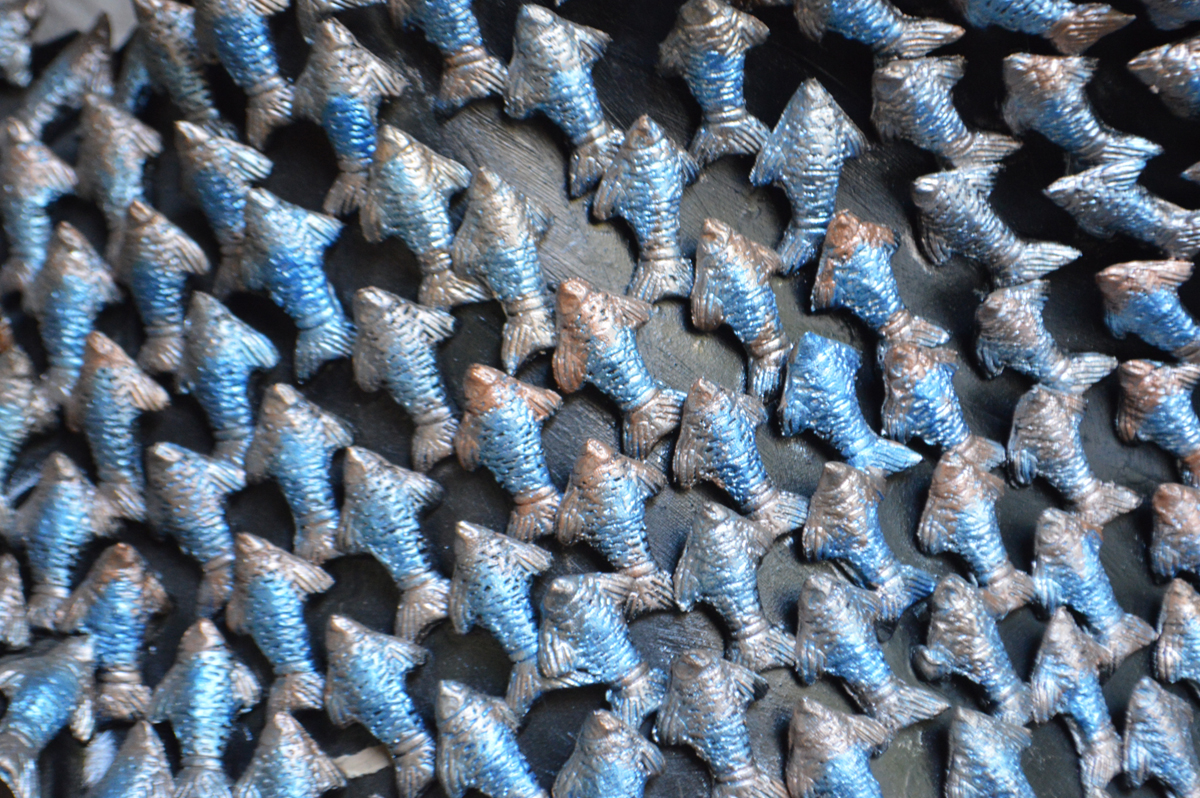
Below-La Caterina representing the Mariposas of Michoacan
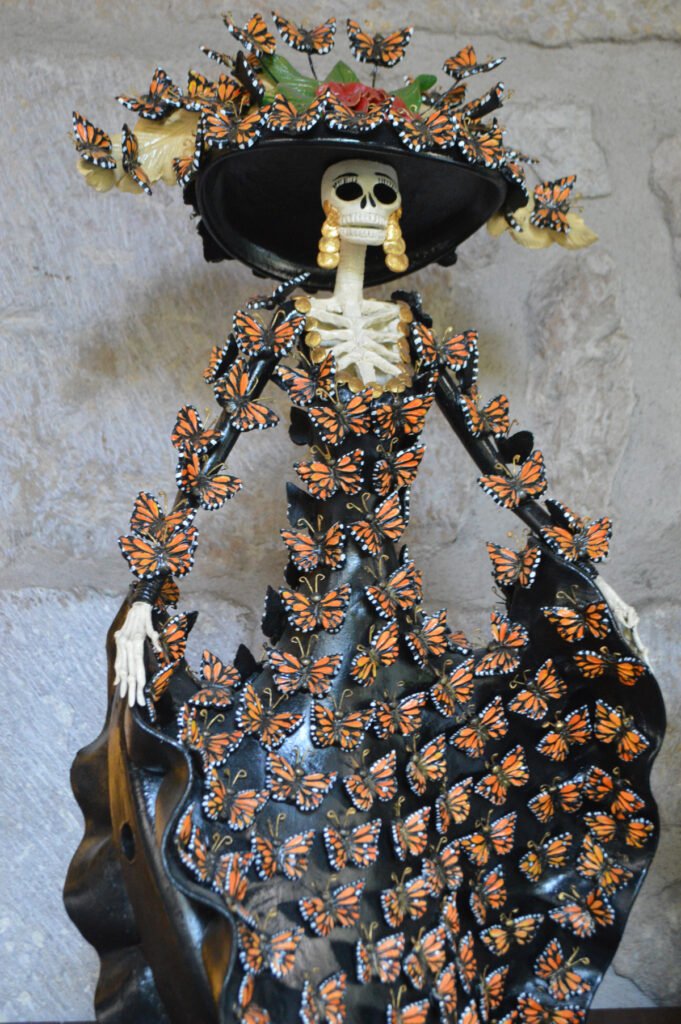
Below walking near the Aqueduct
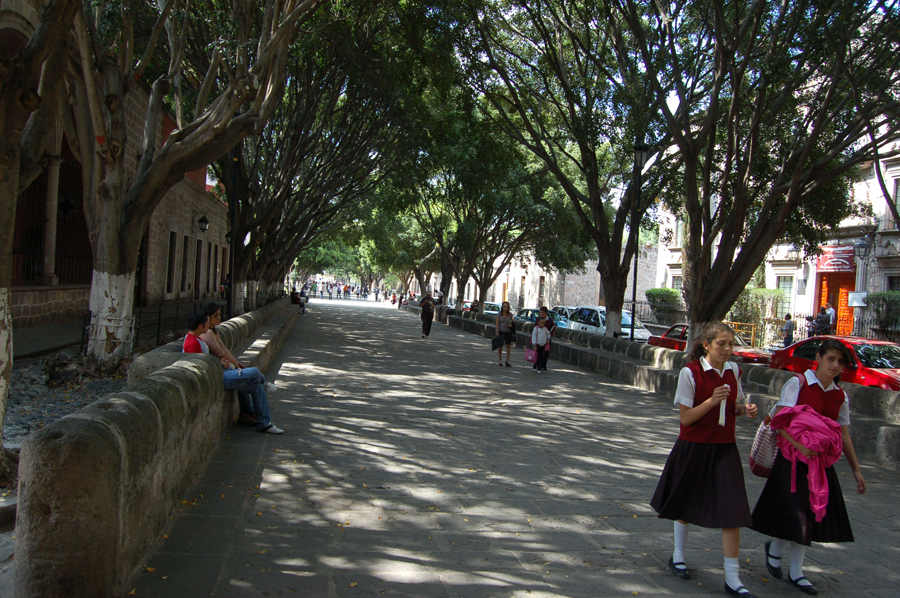
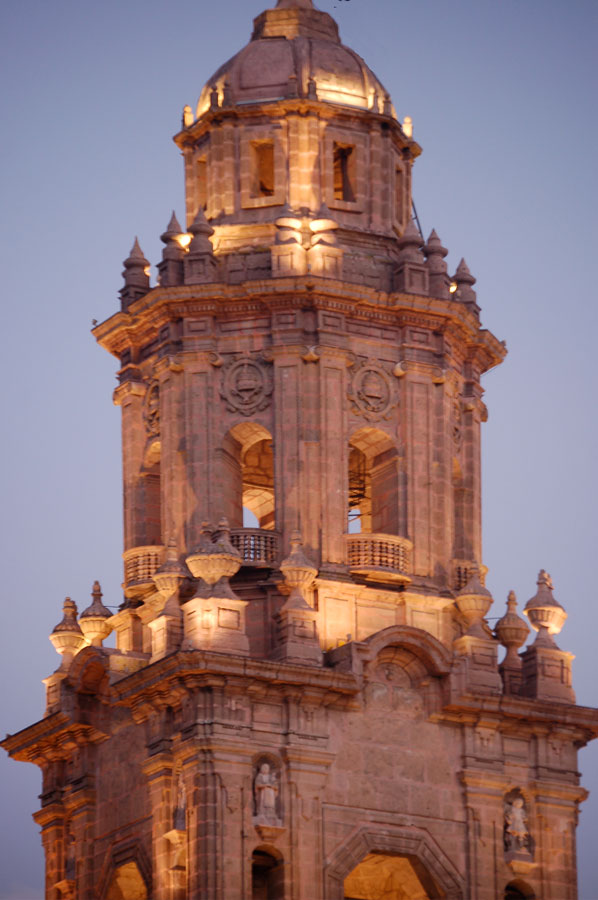
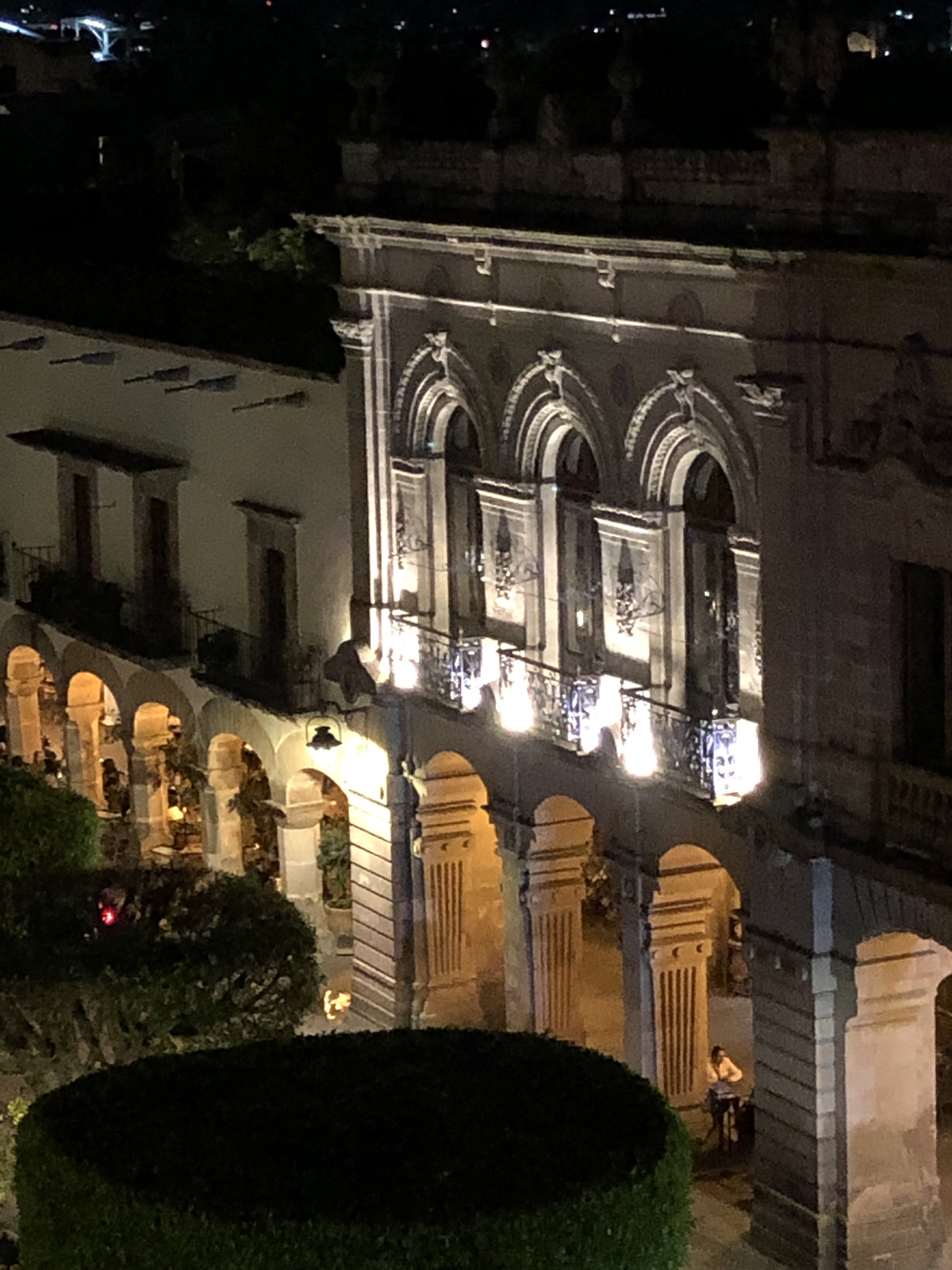
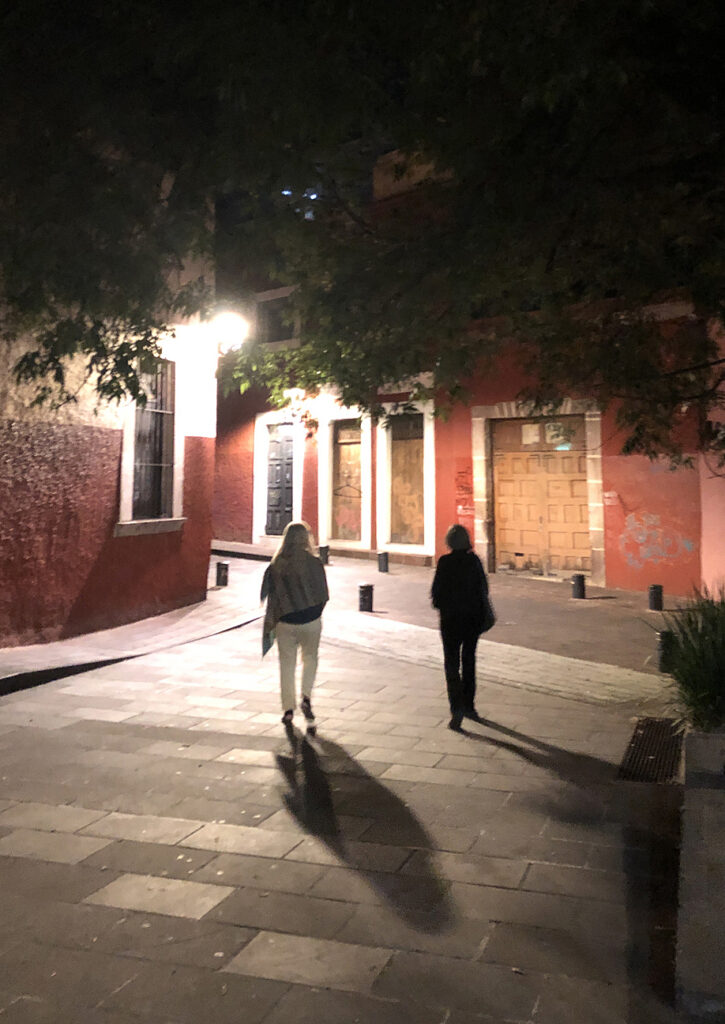
Below a small cafe in the aqueduct neighborhood.
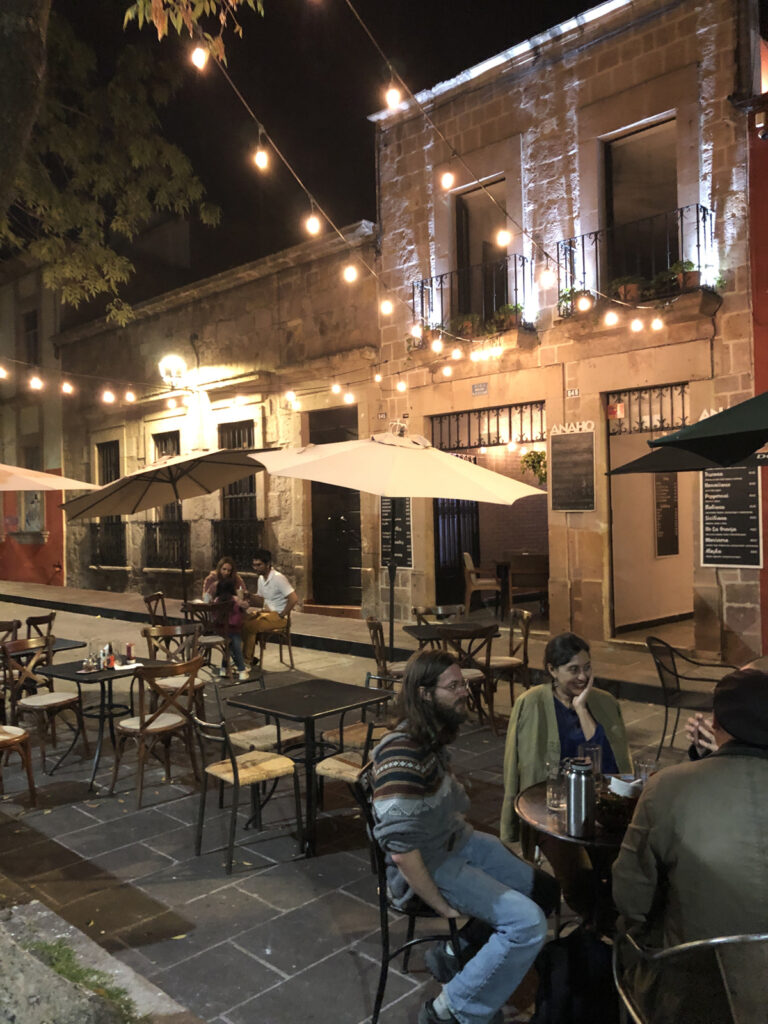
The city’s aqueductwas first documented in 1549. It was used to transport fresh water to the city from the hills nearby. Although it stopped functioning in 1910 it still remains standing to this day.
